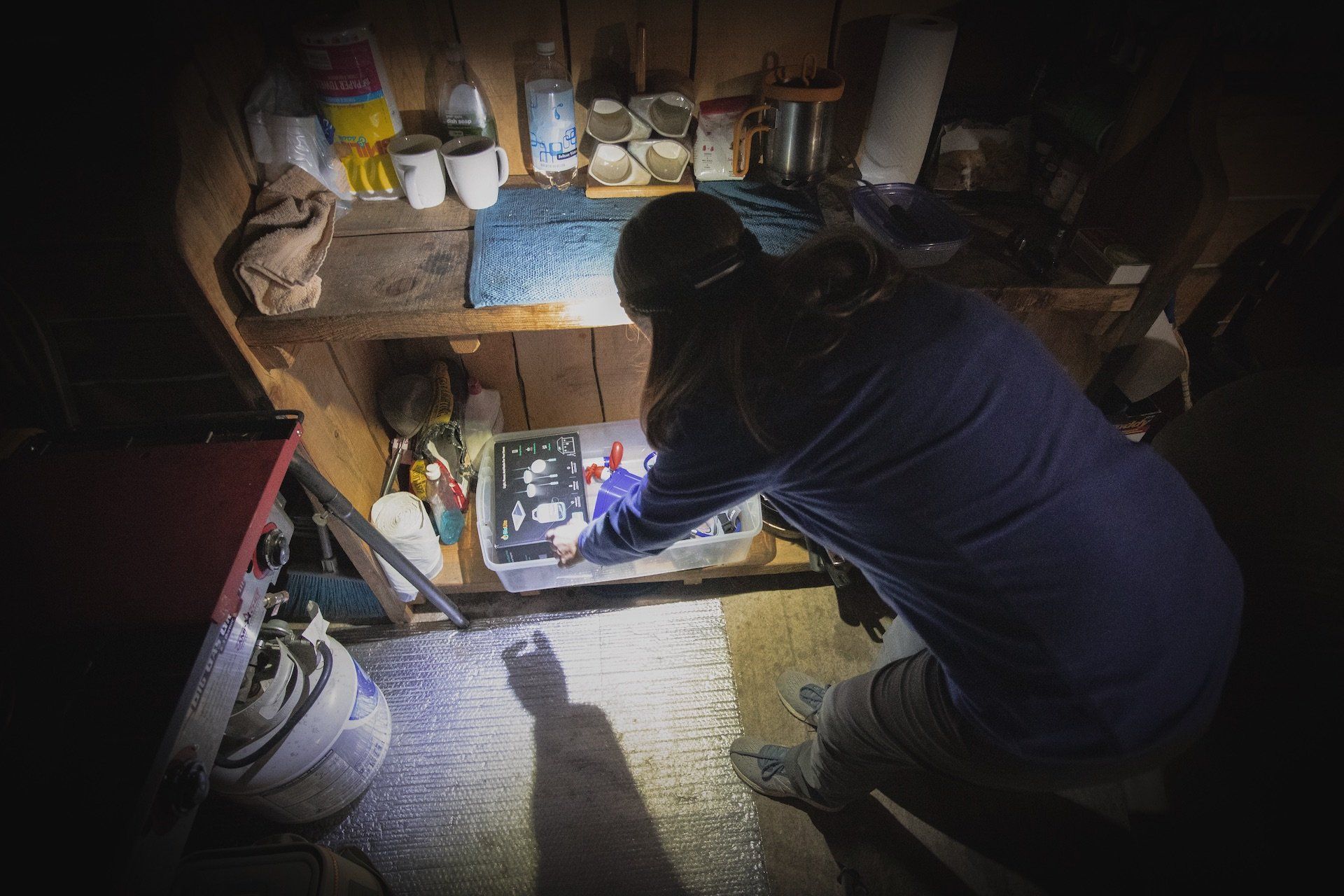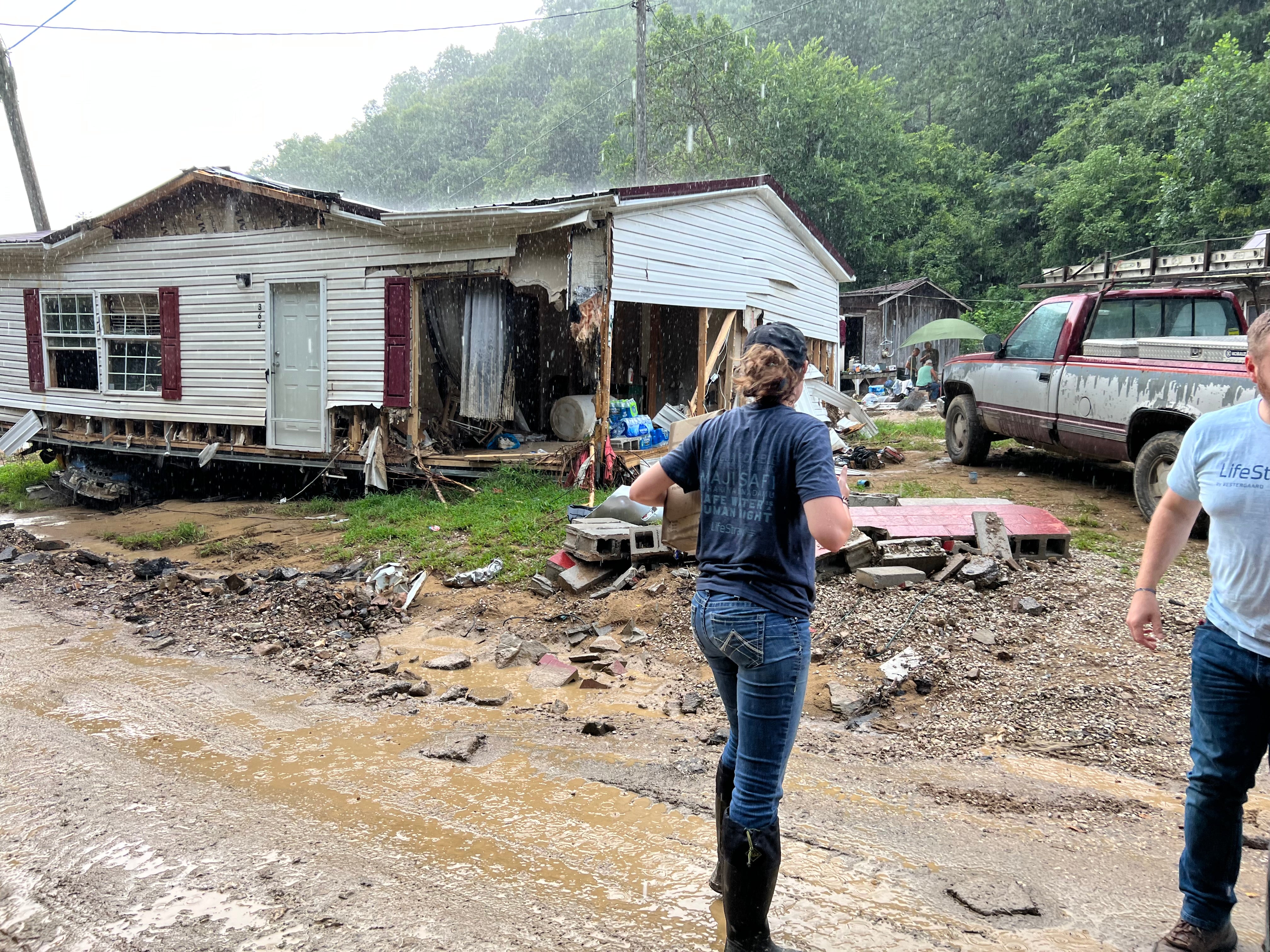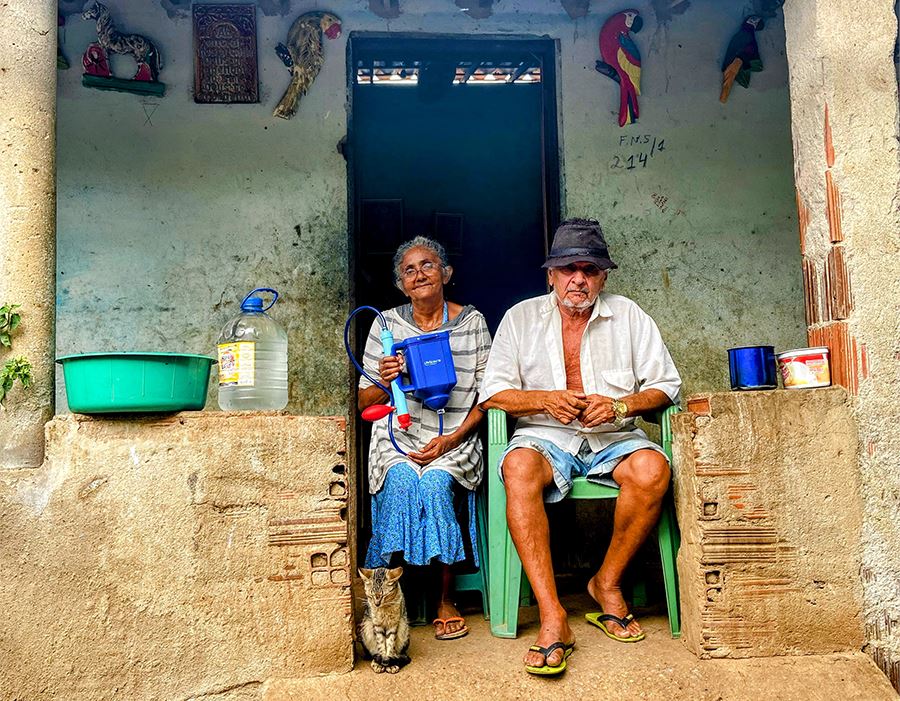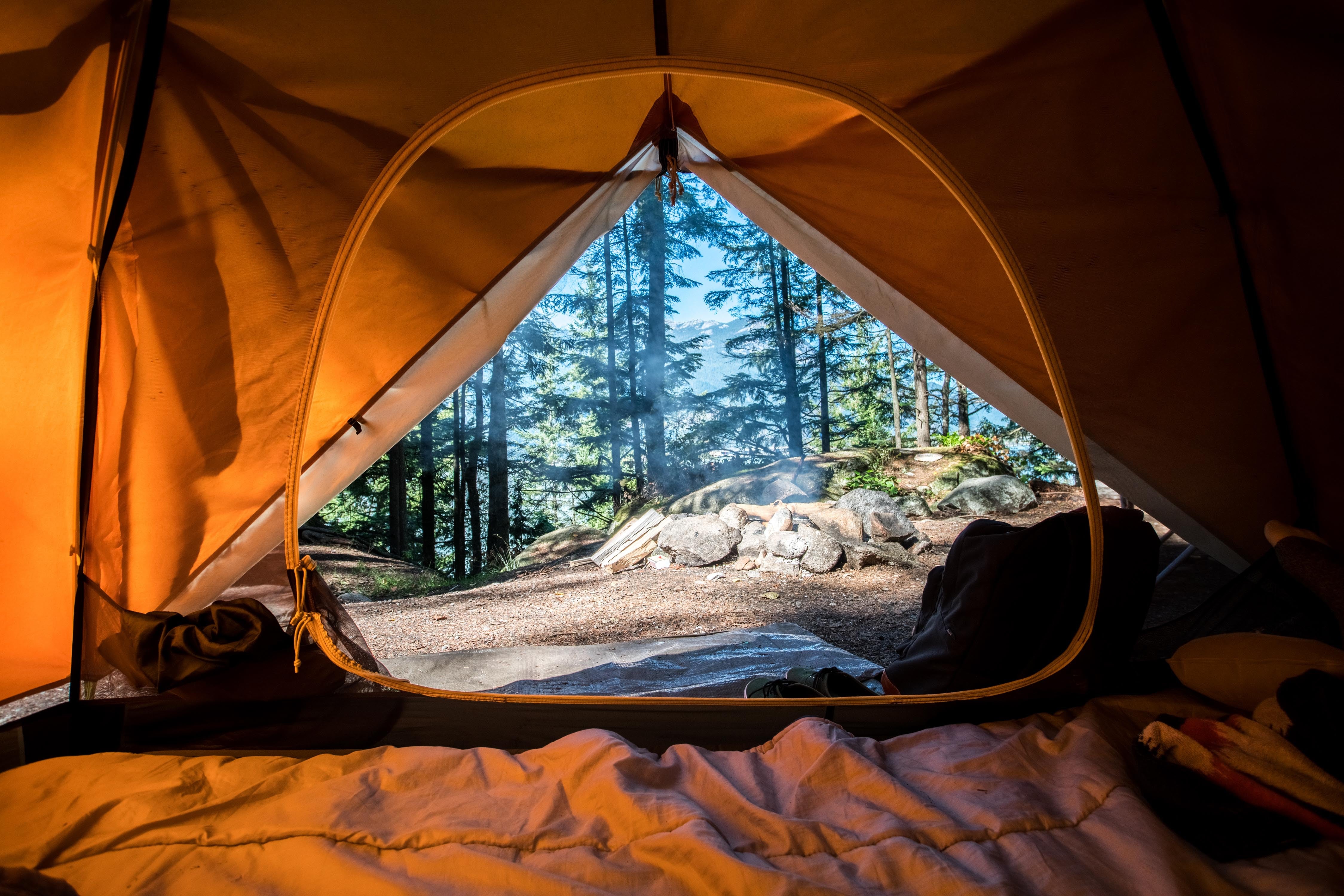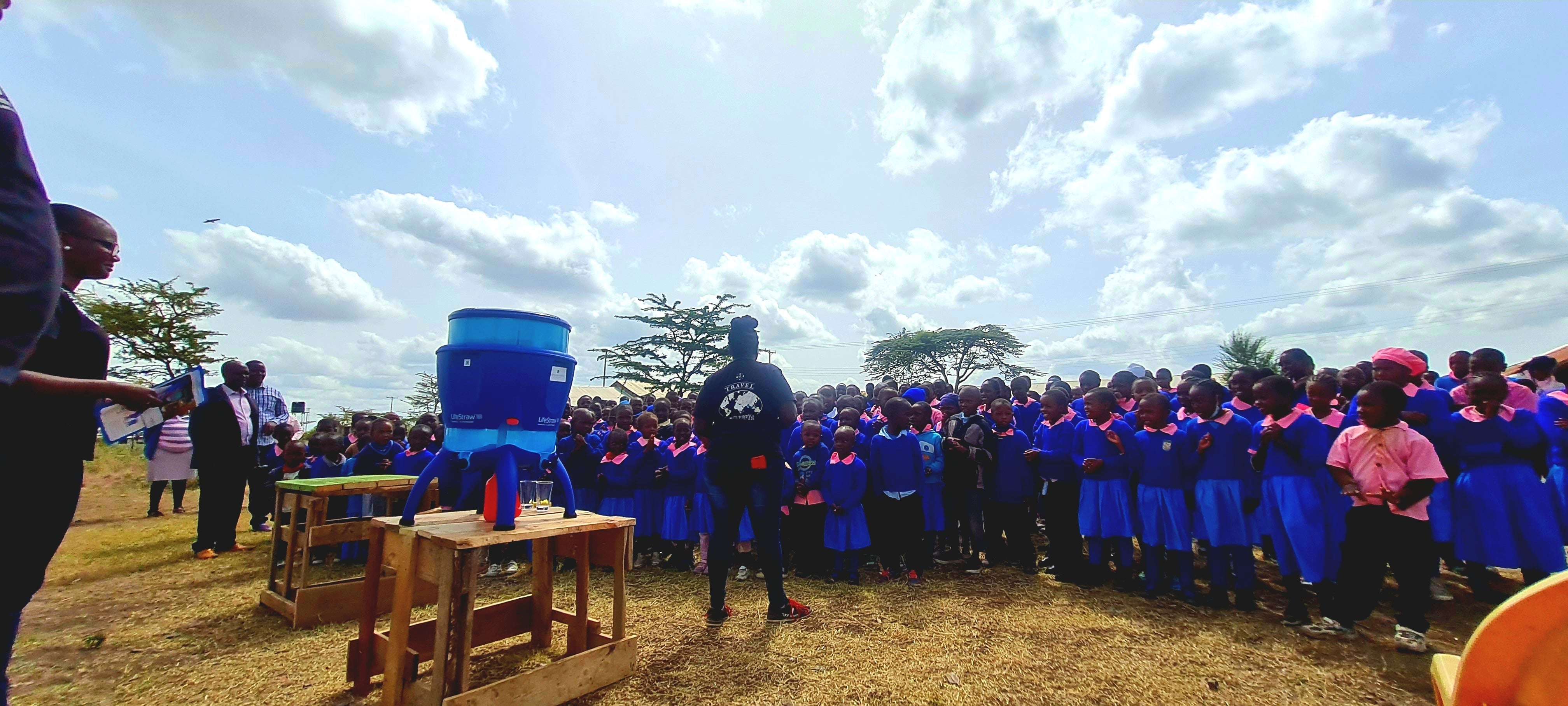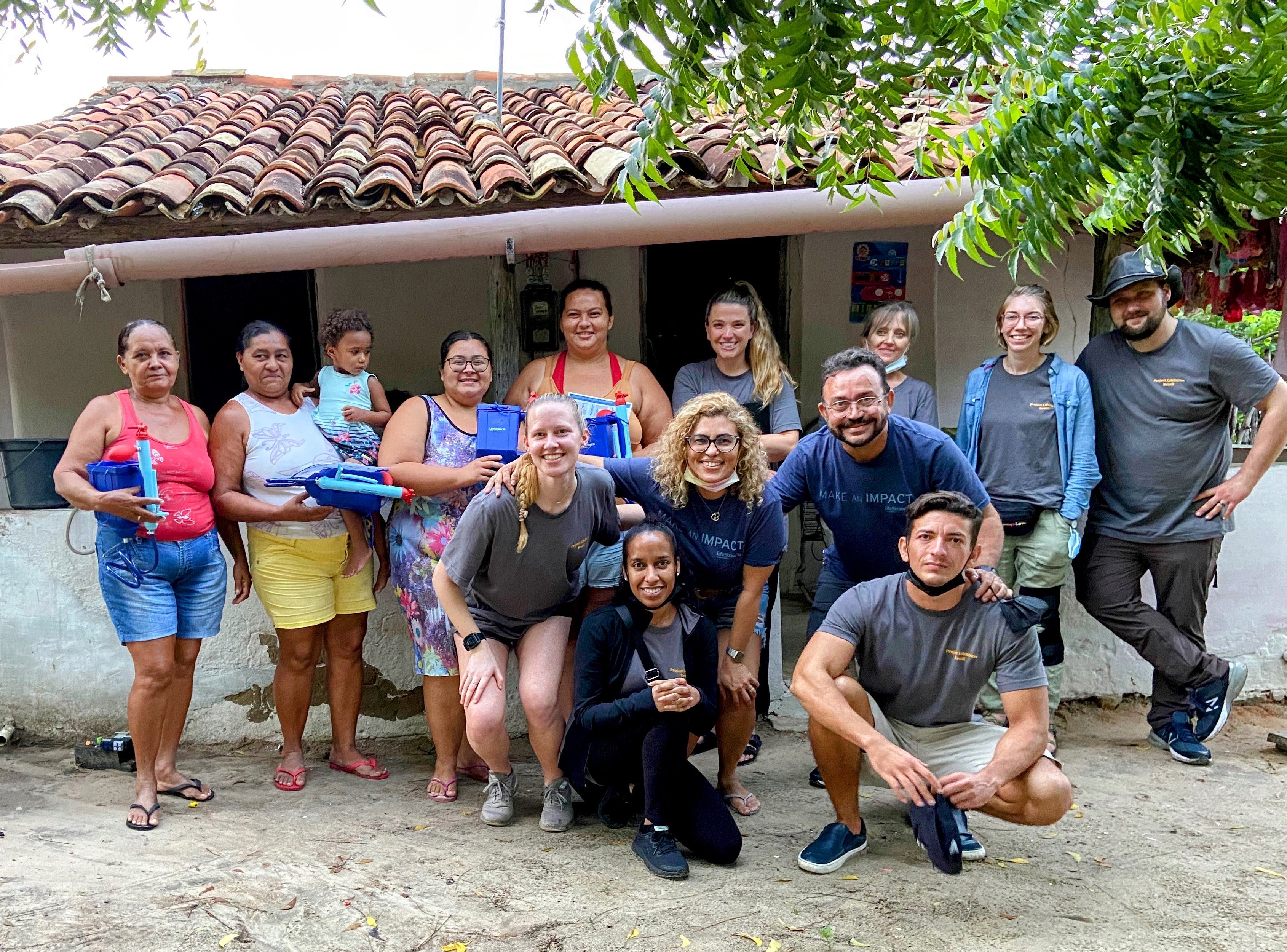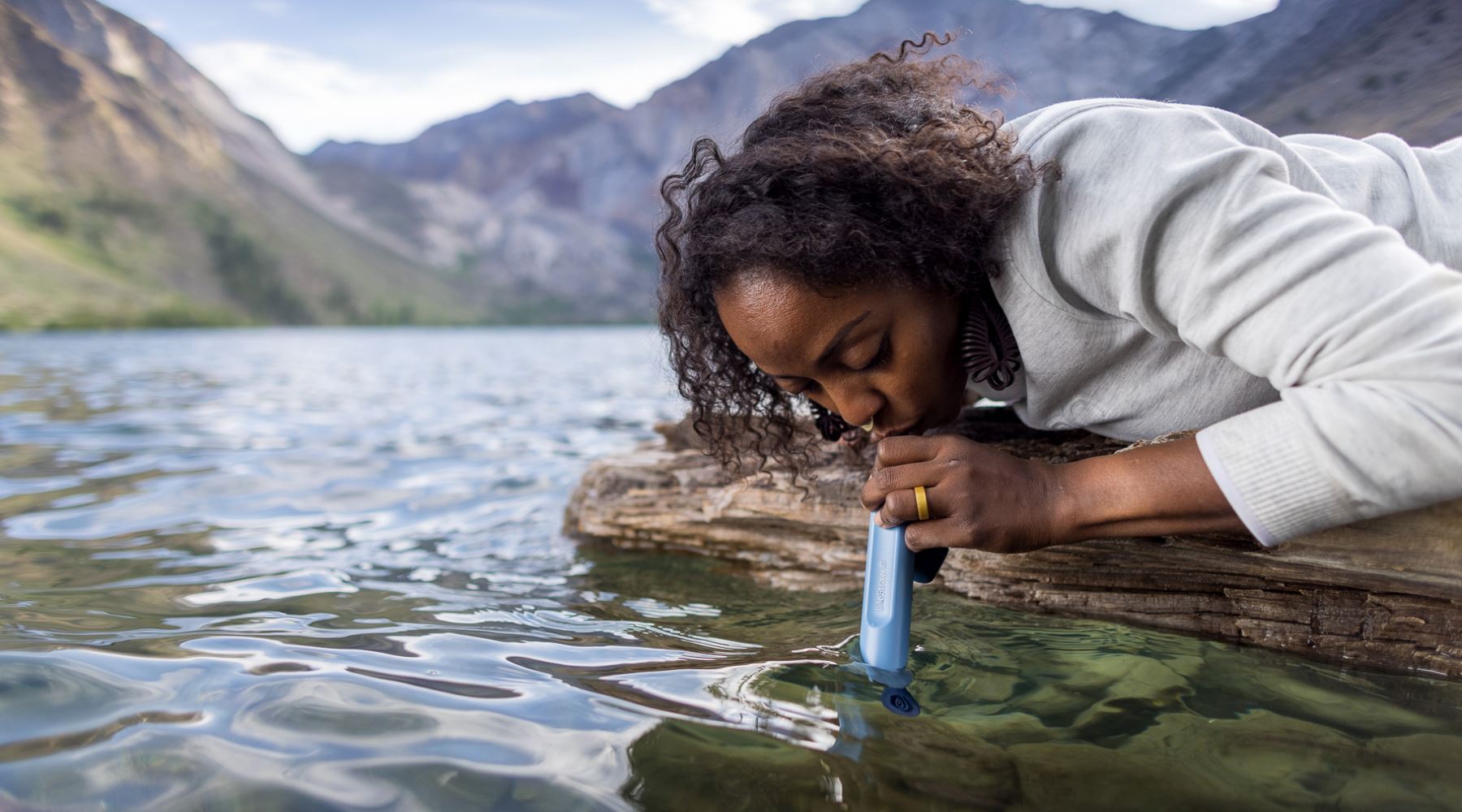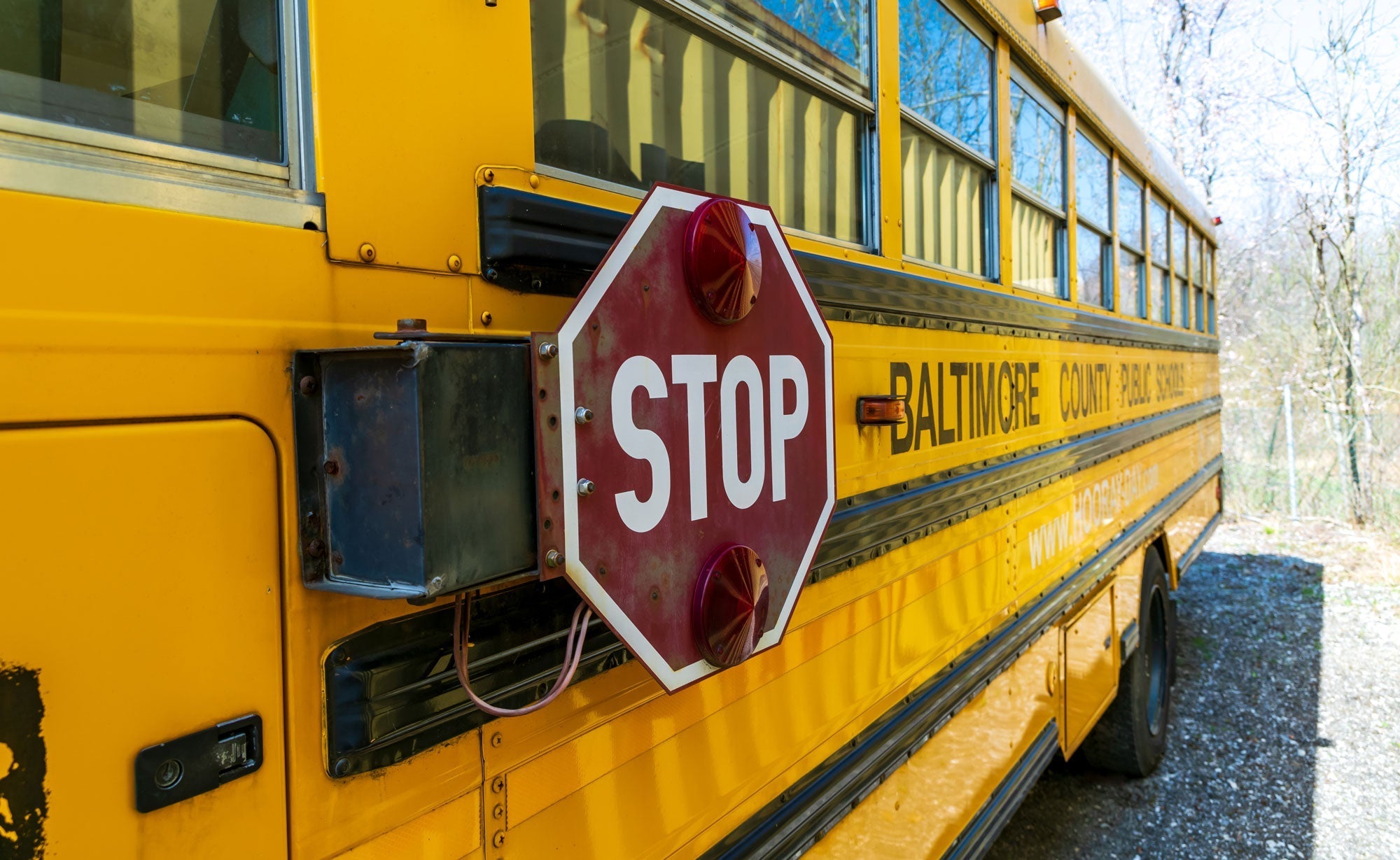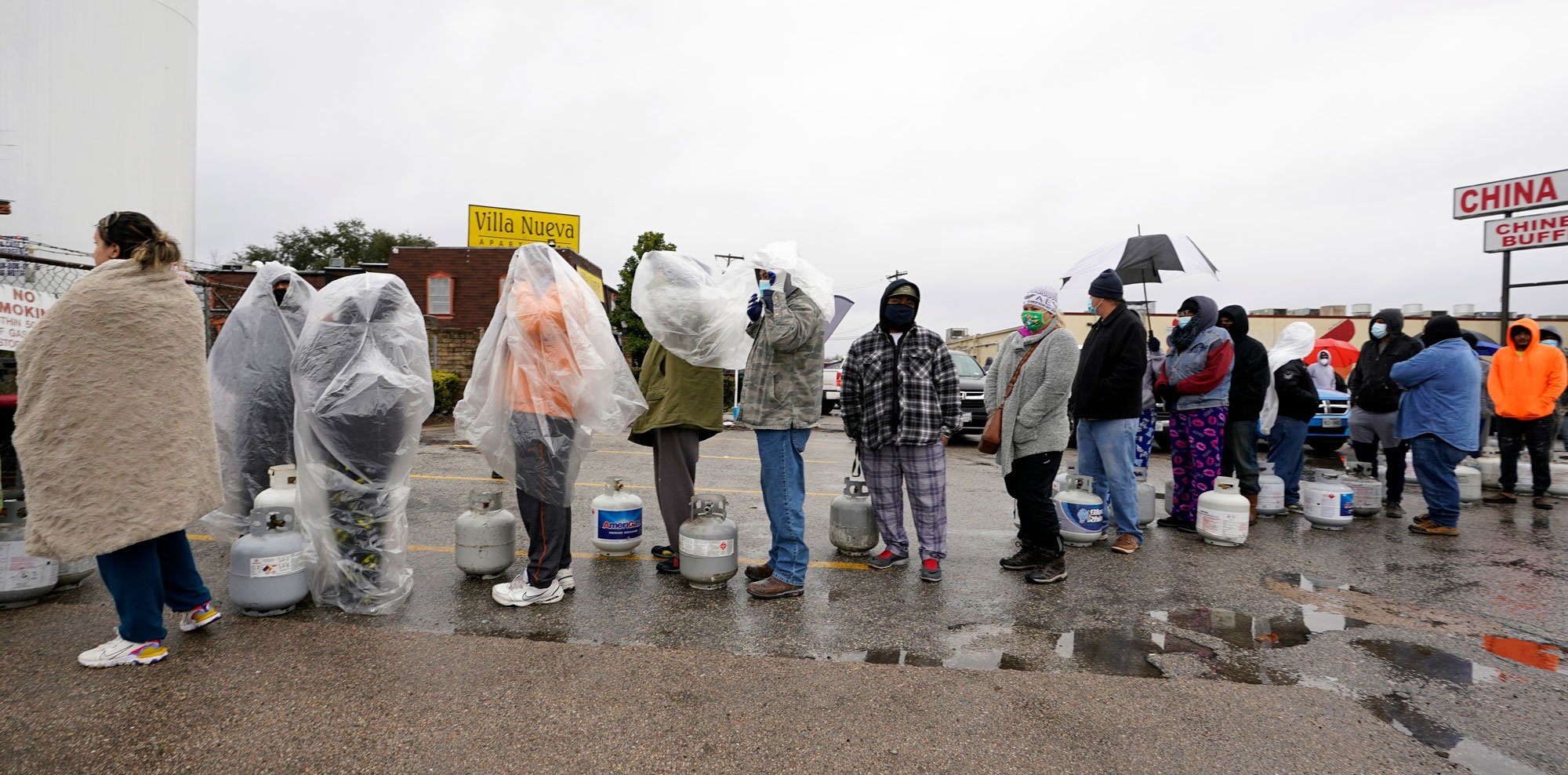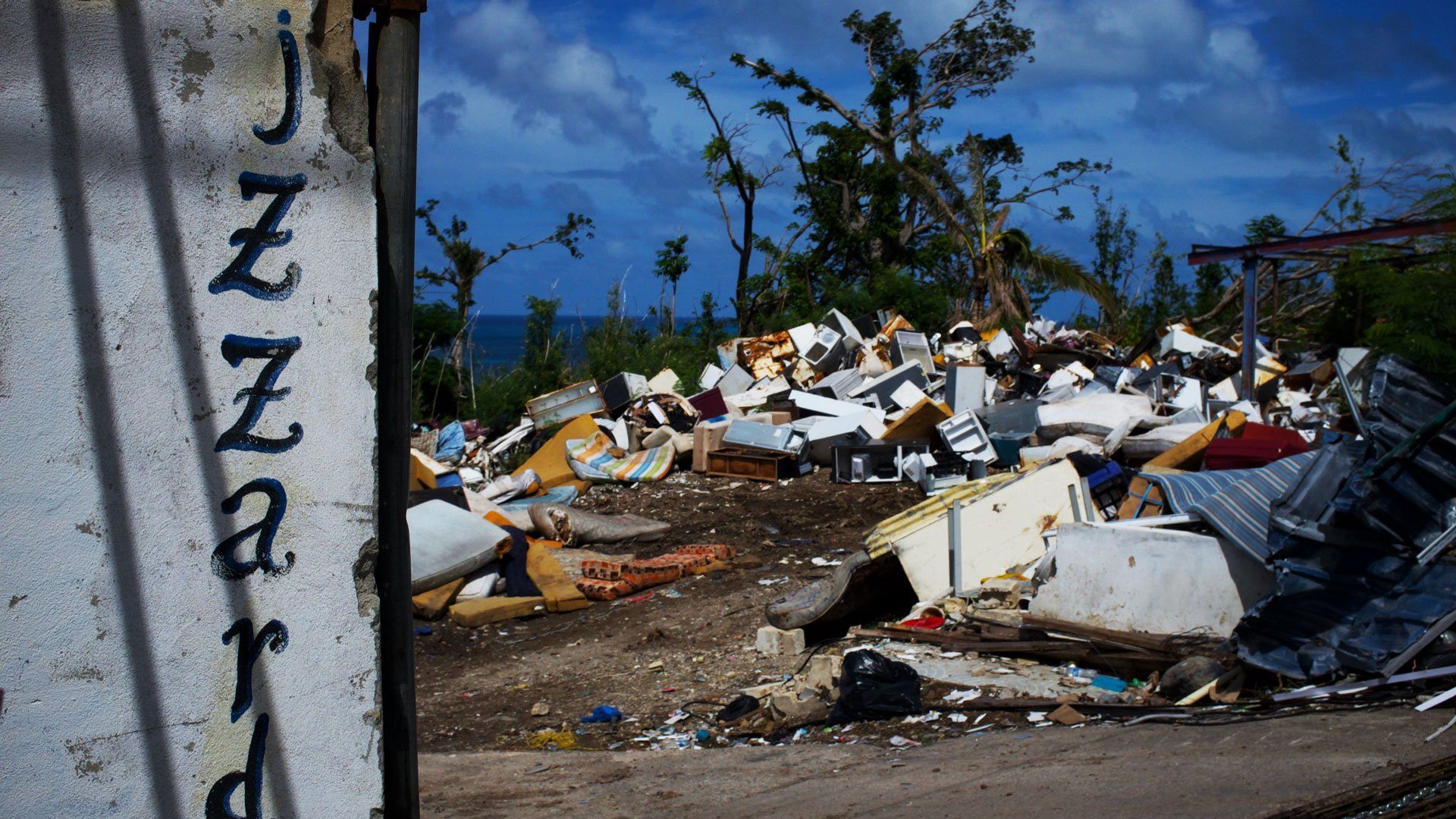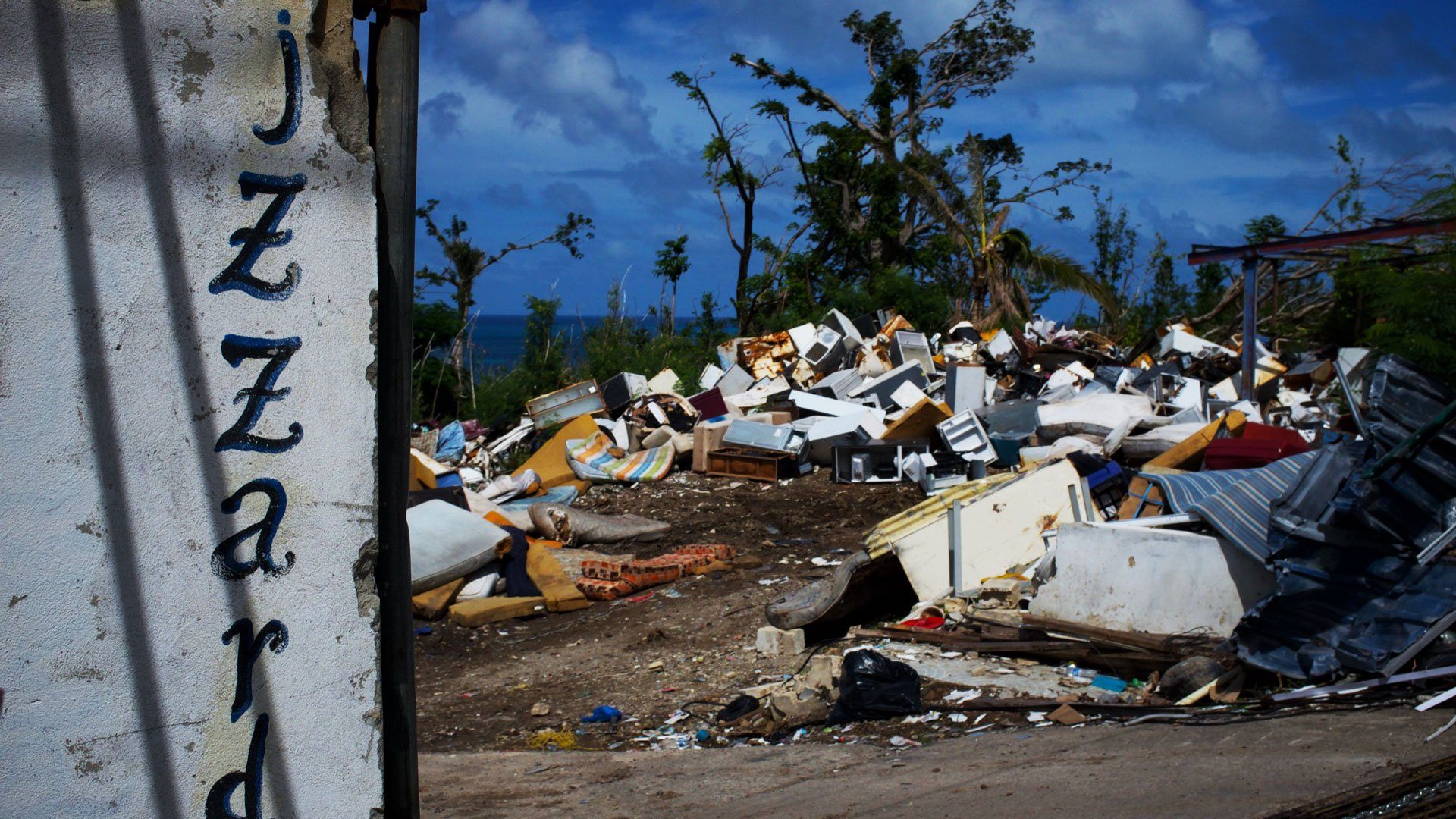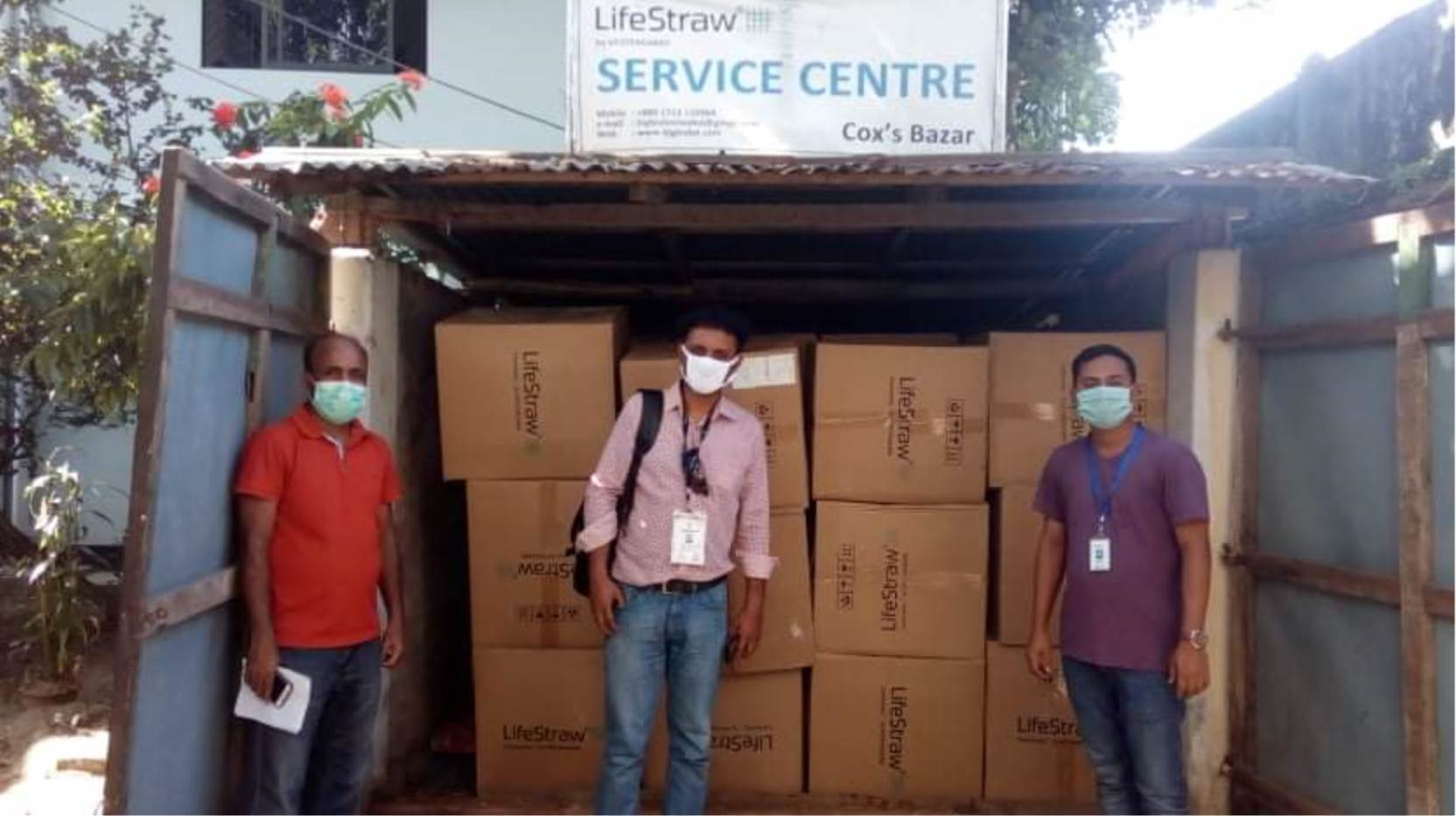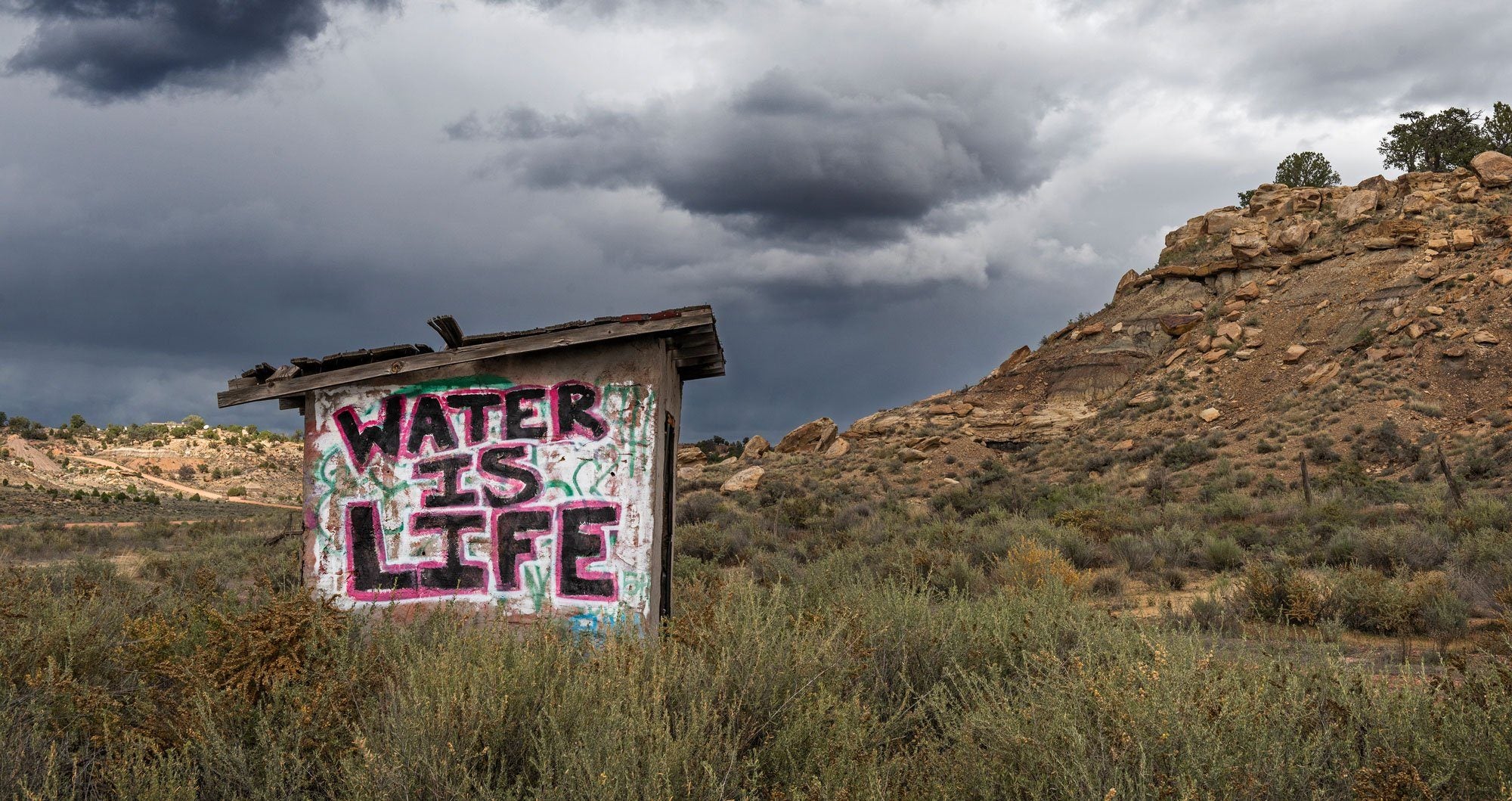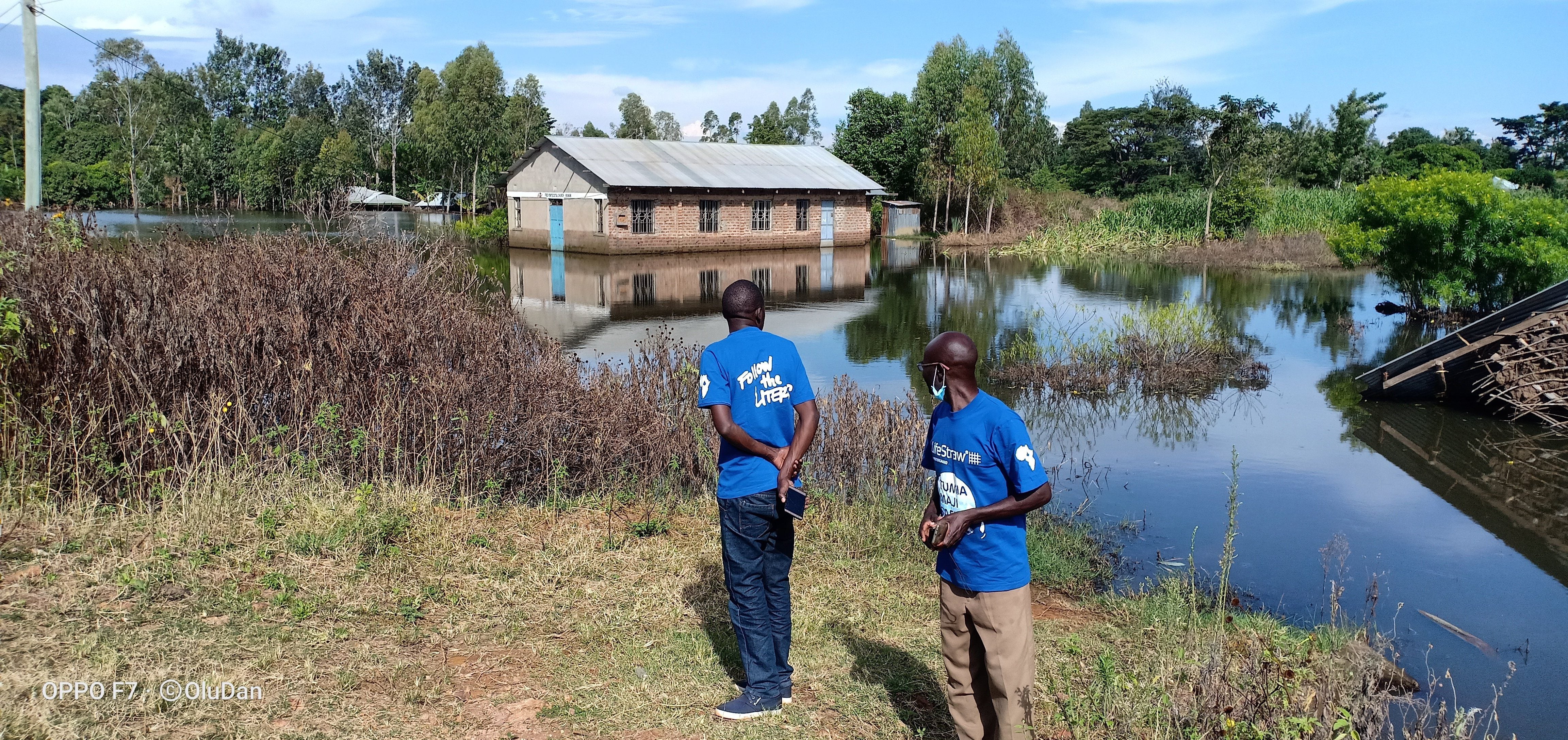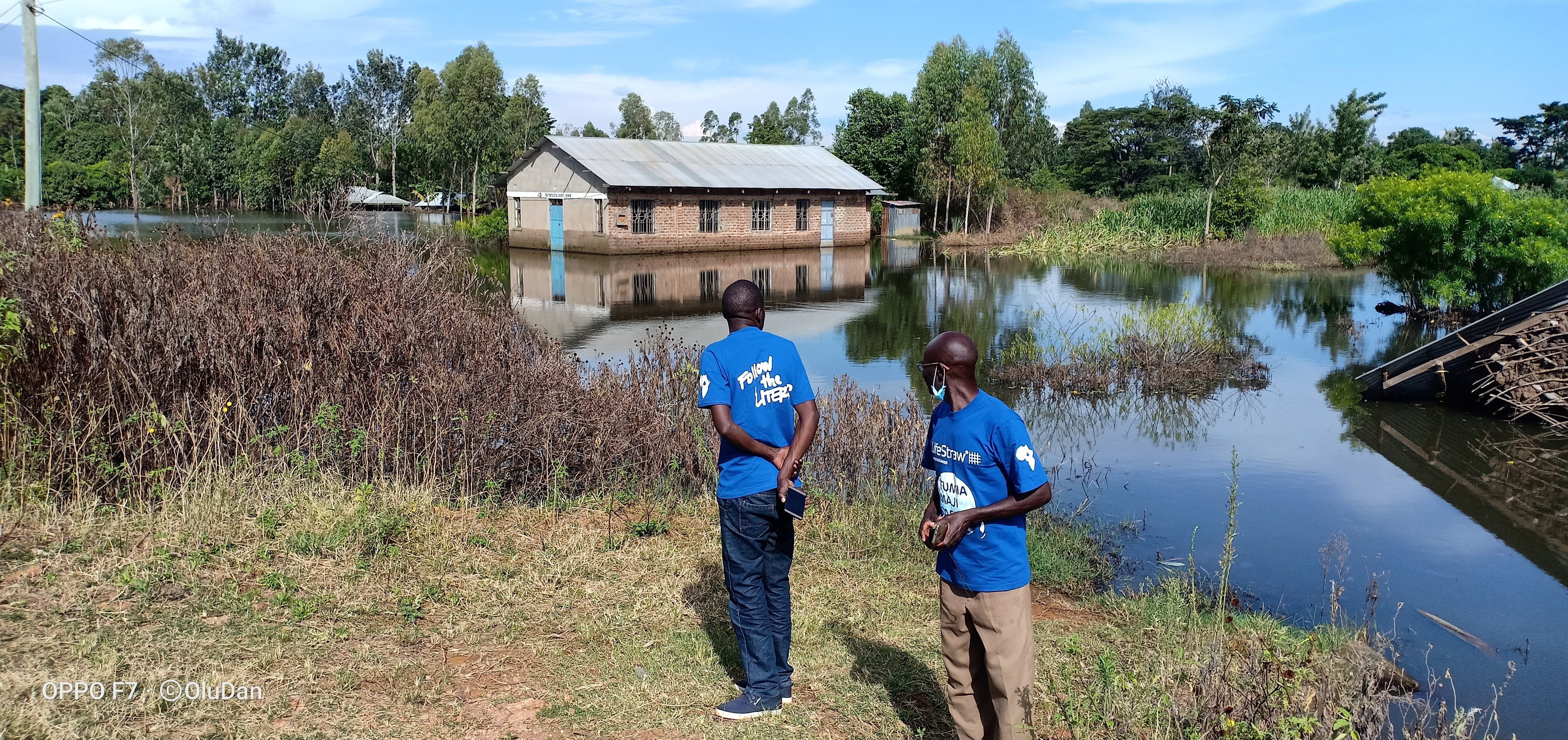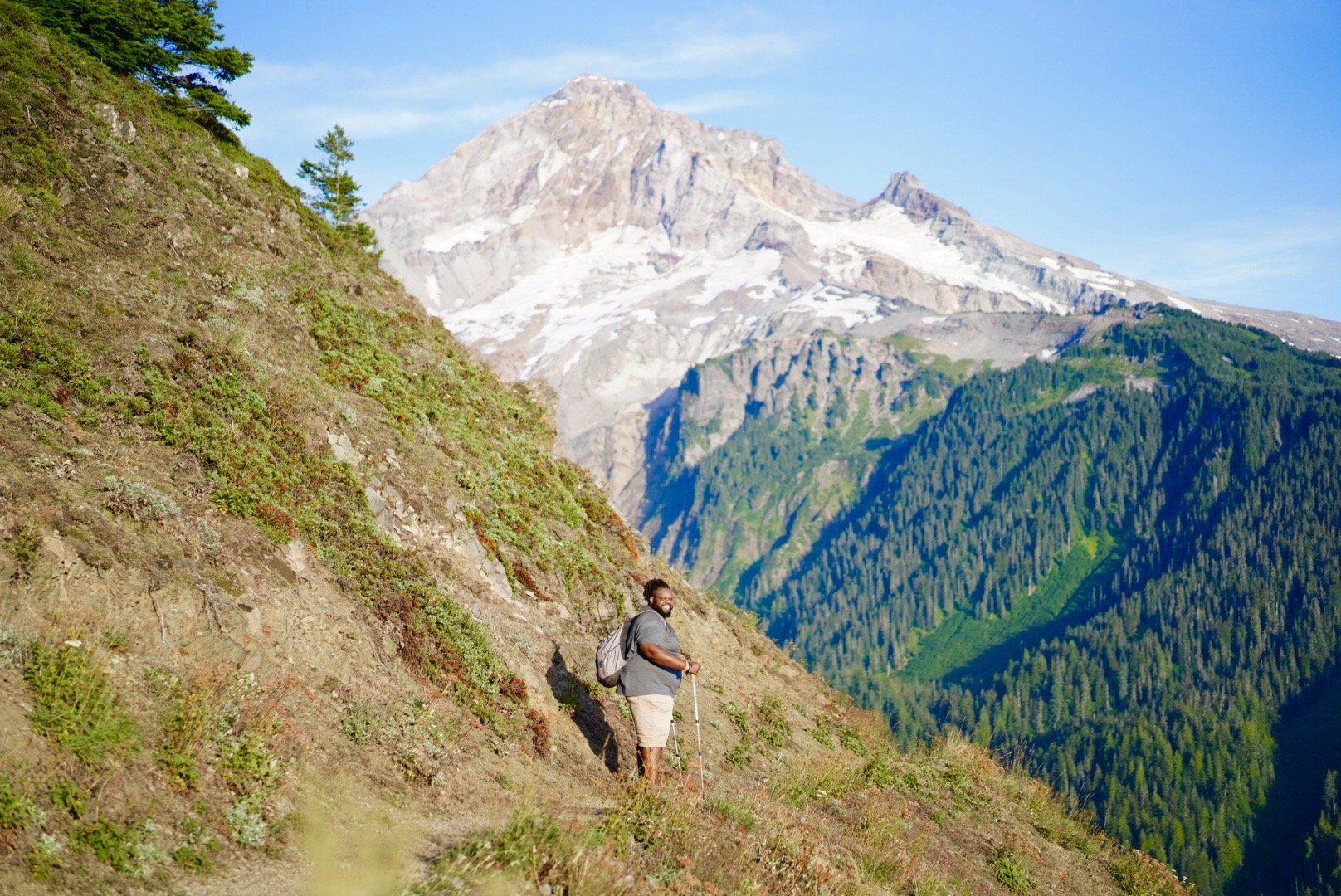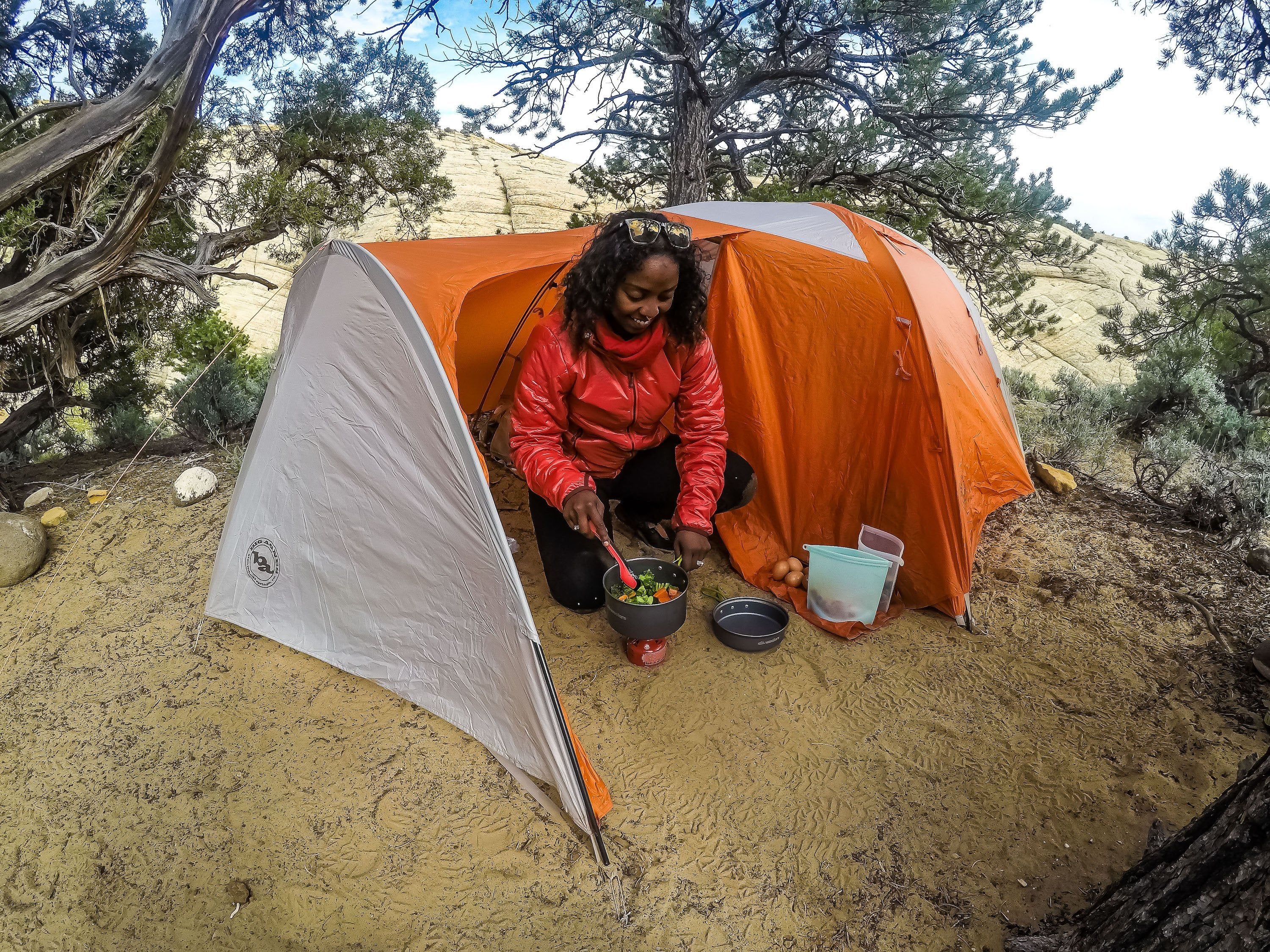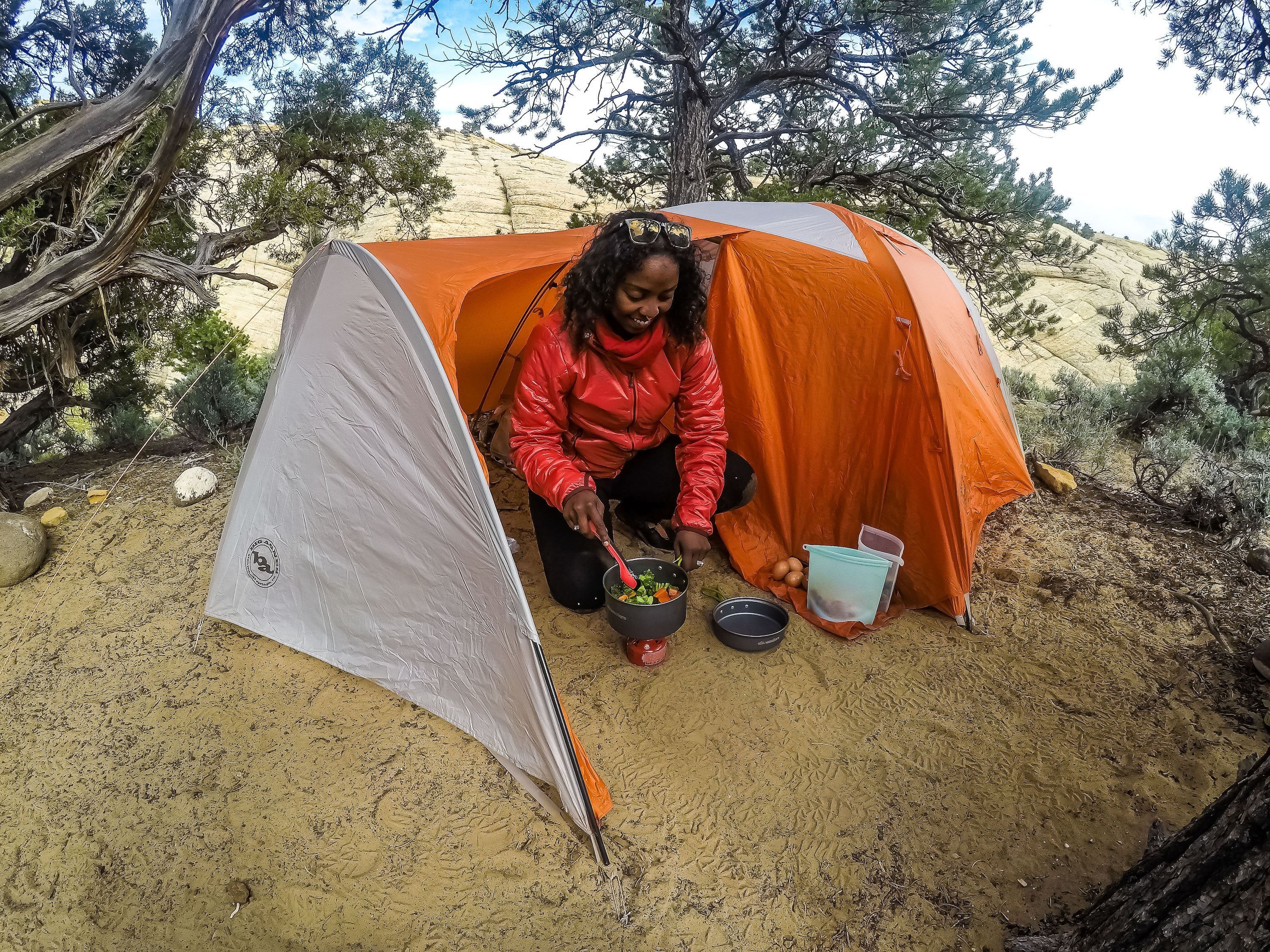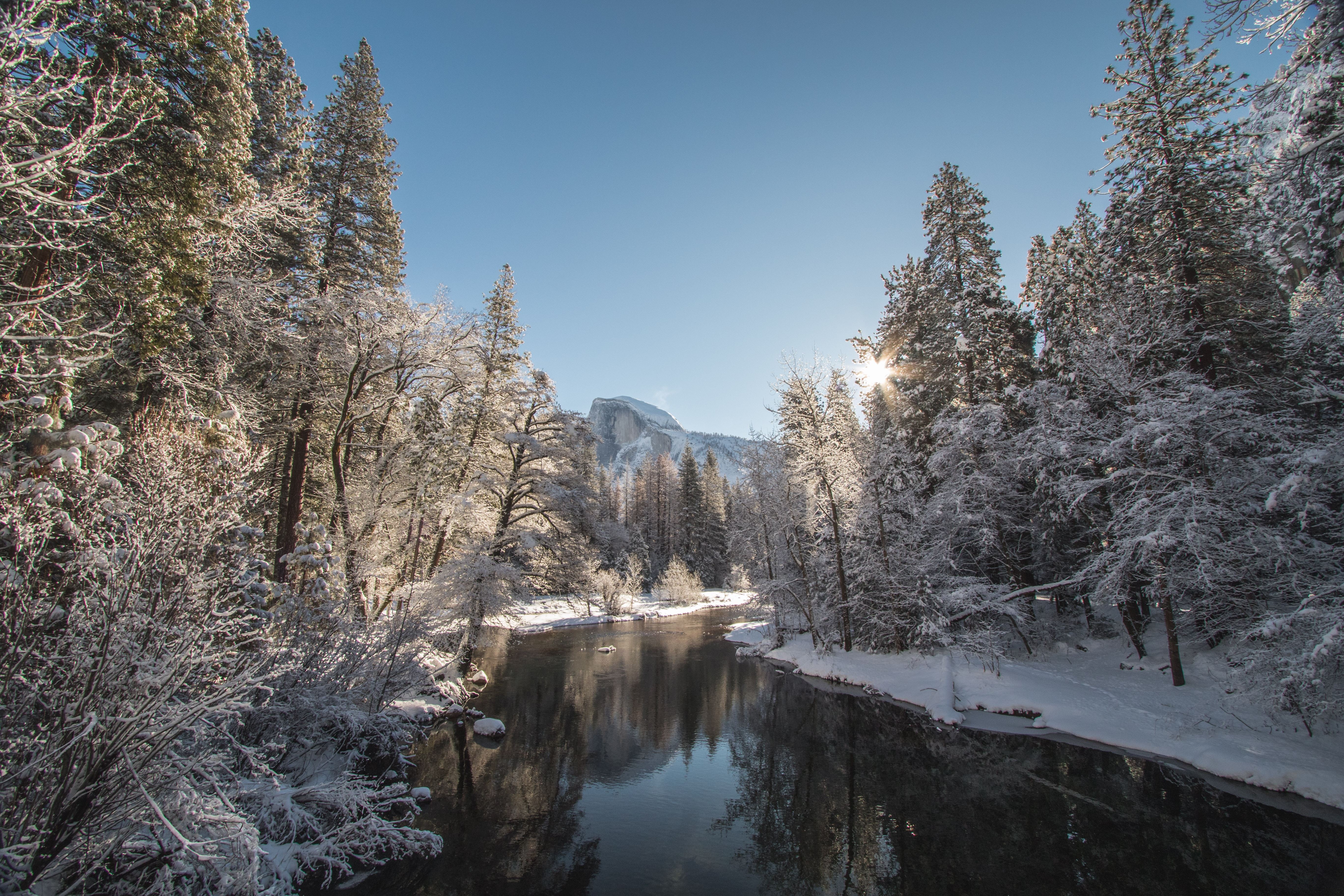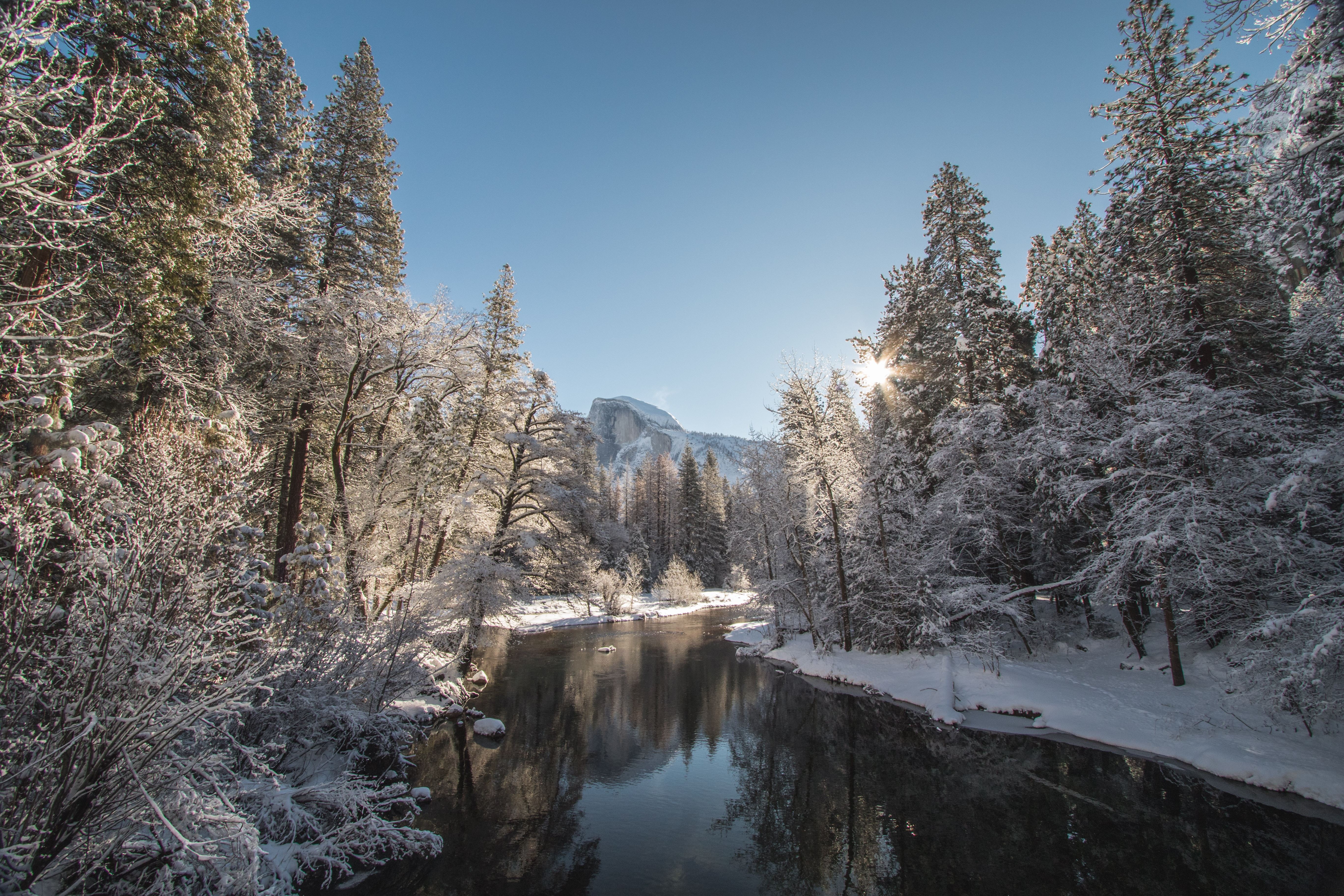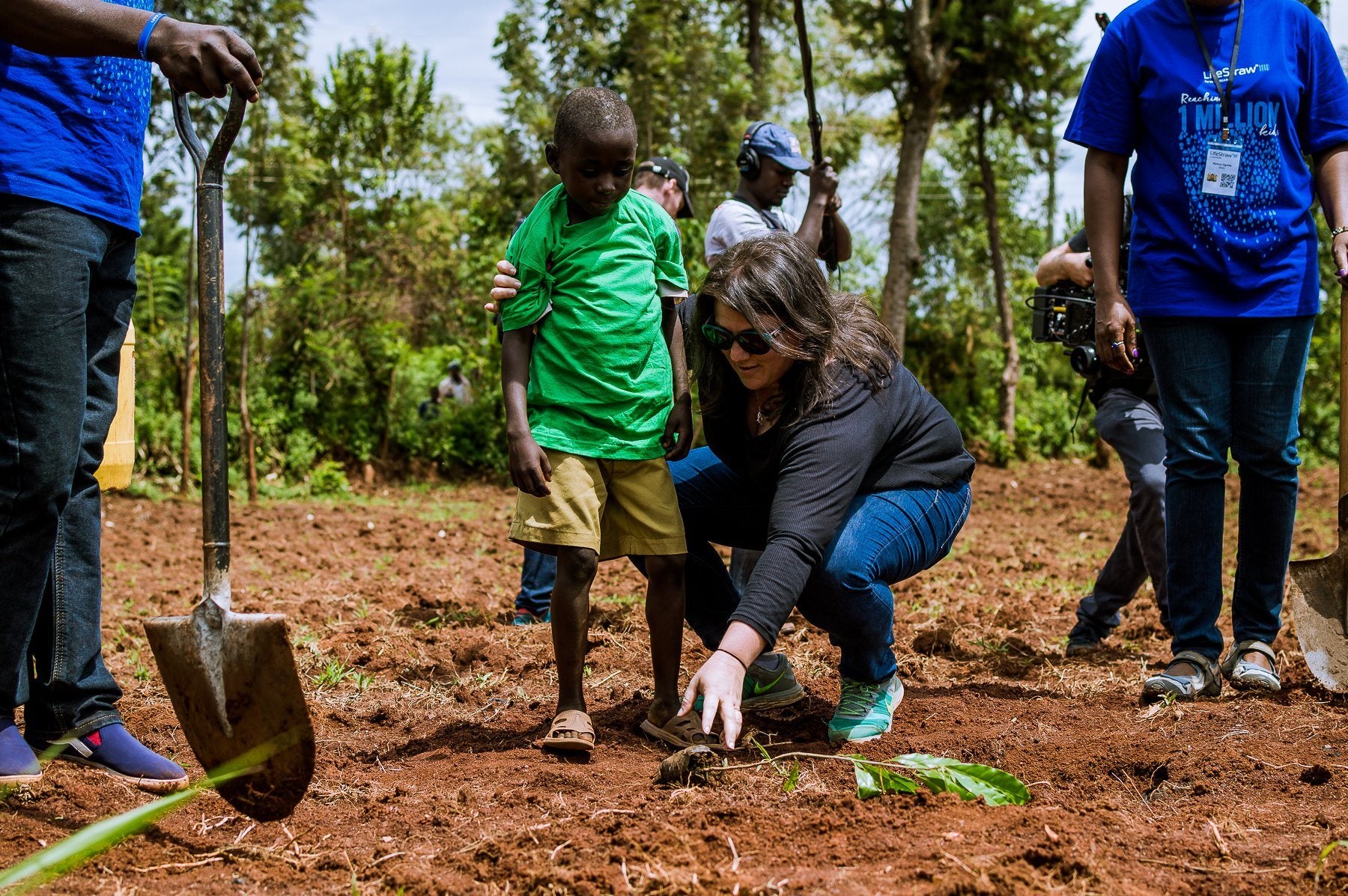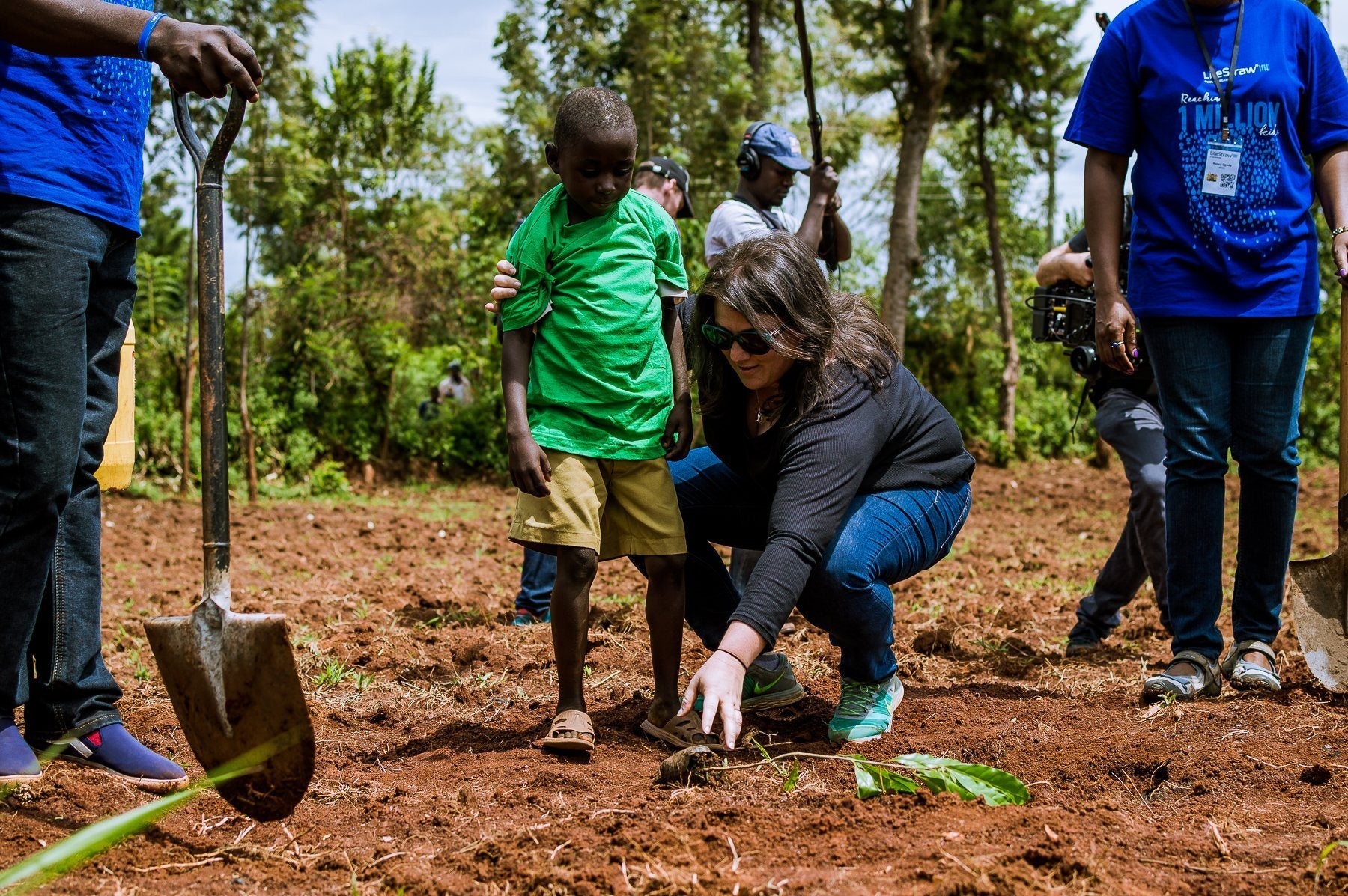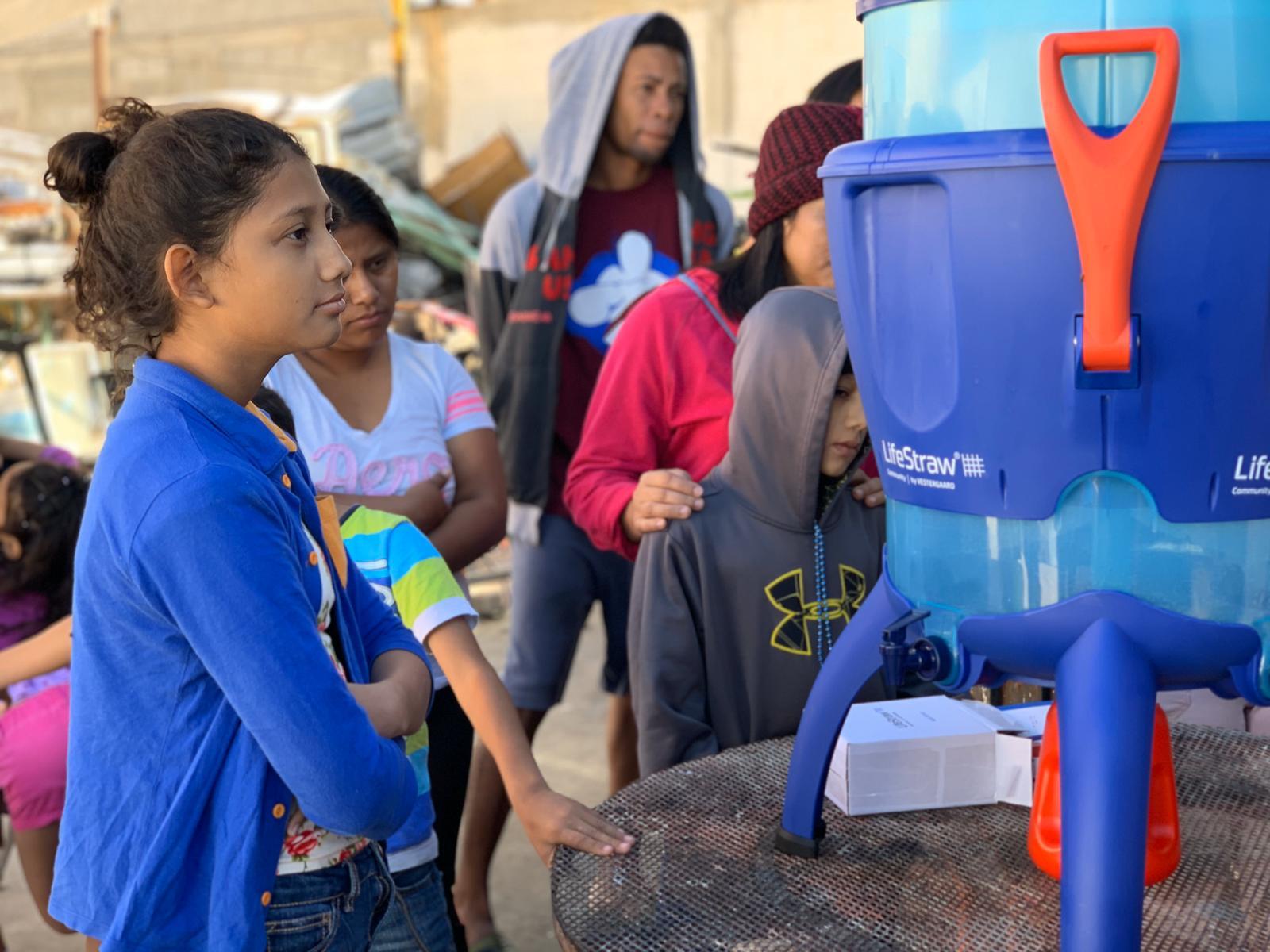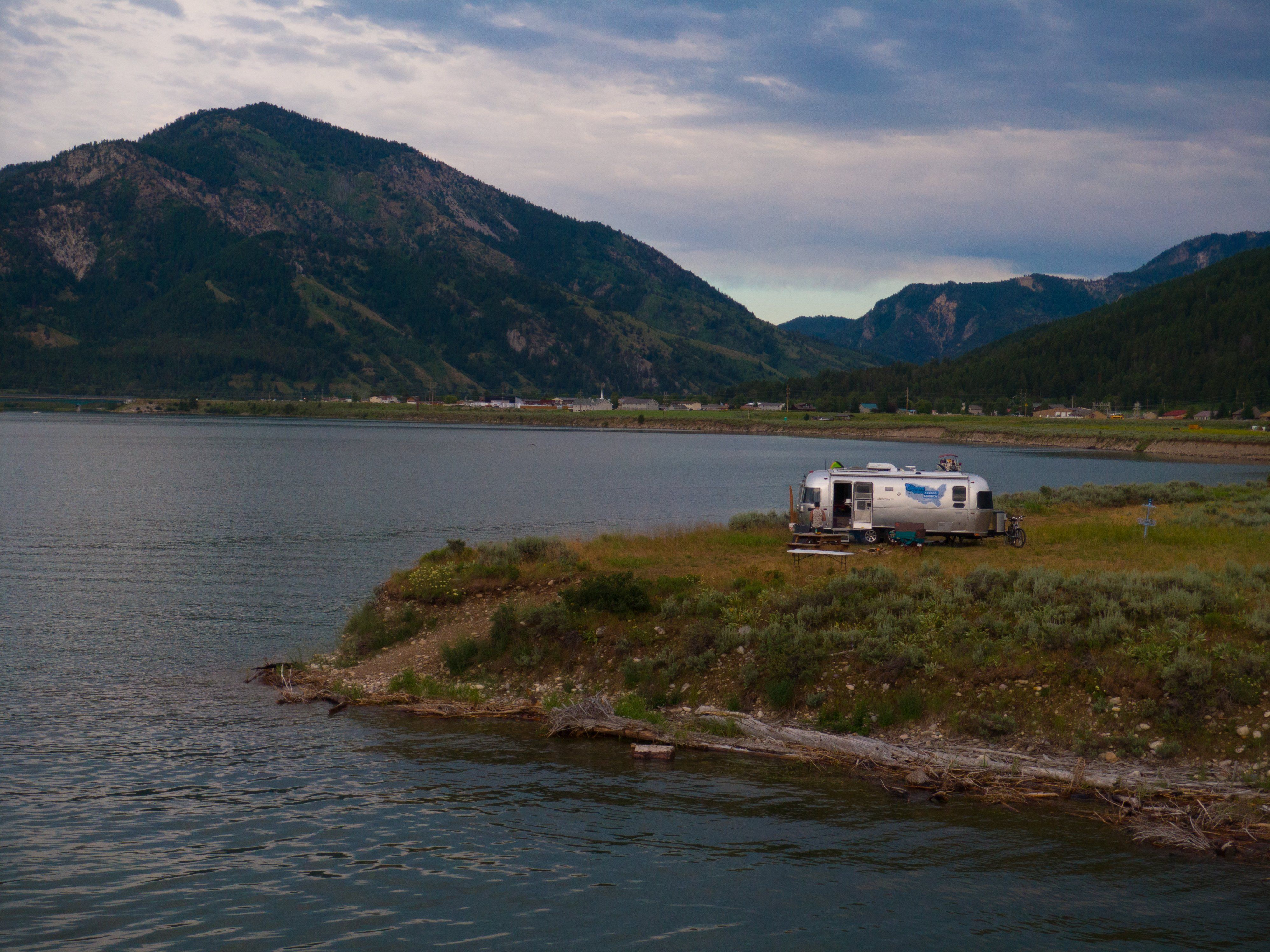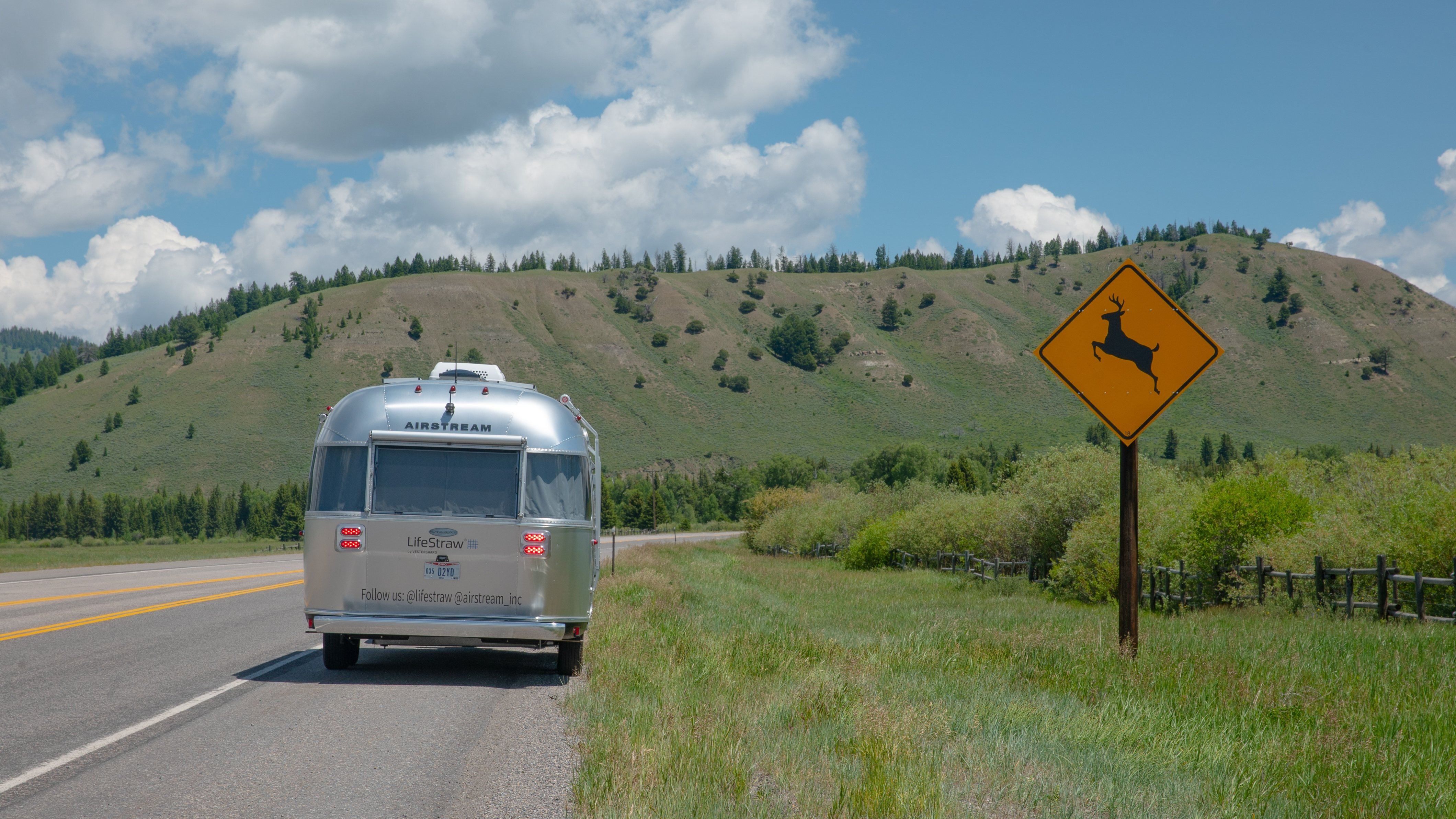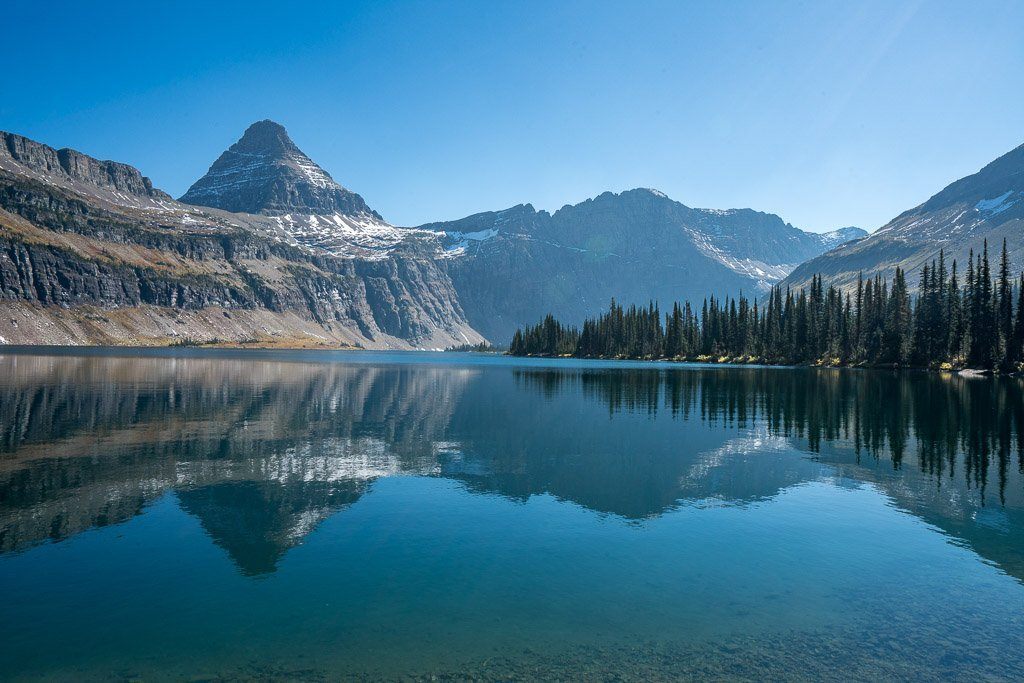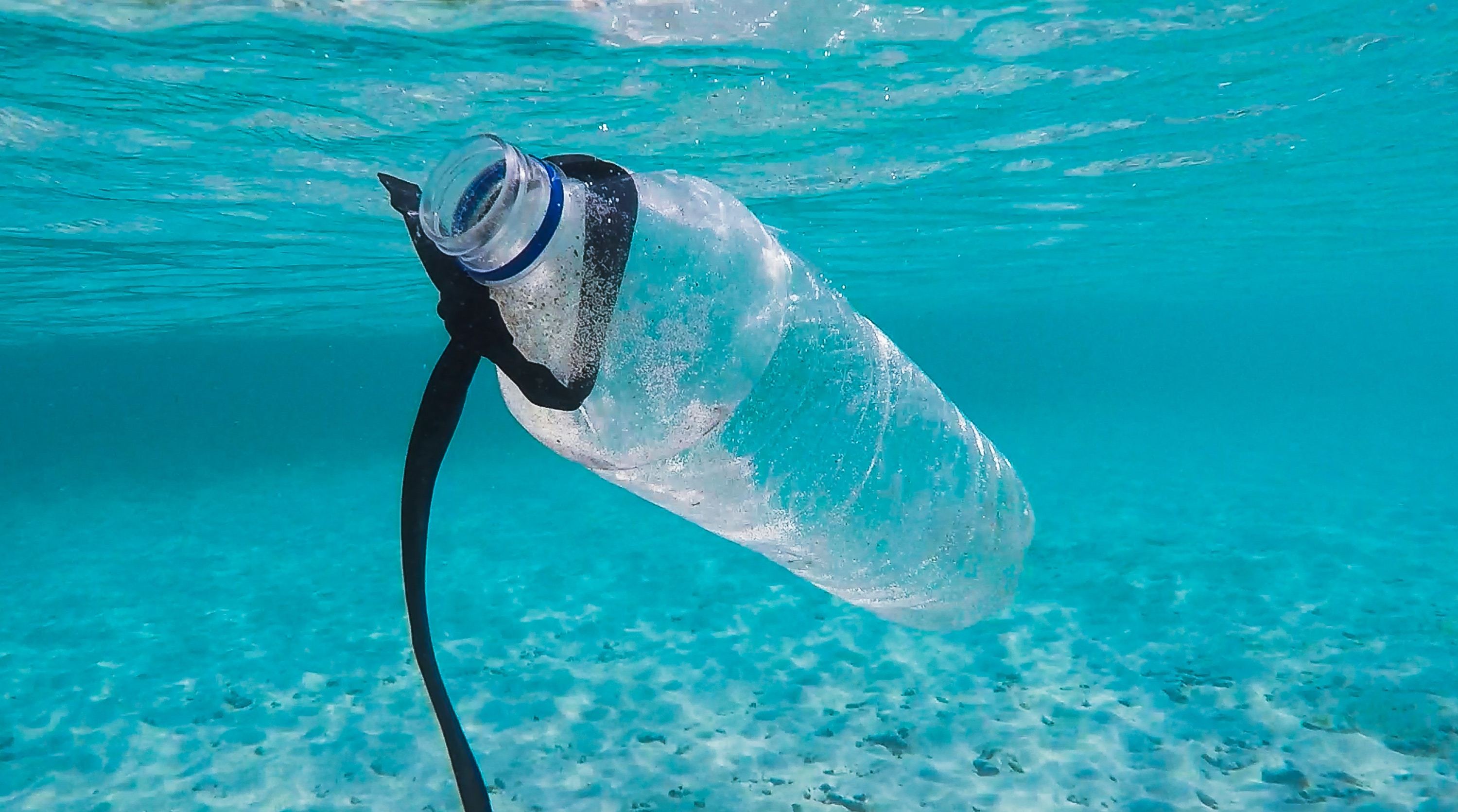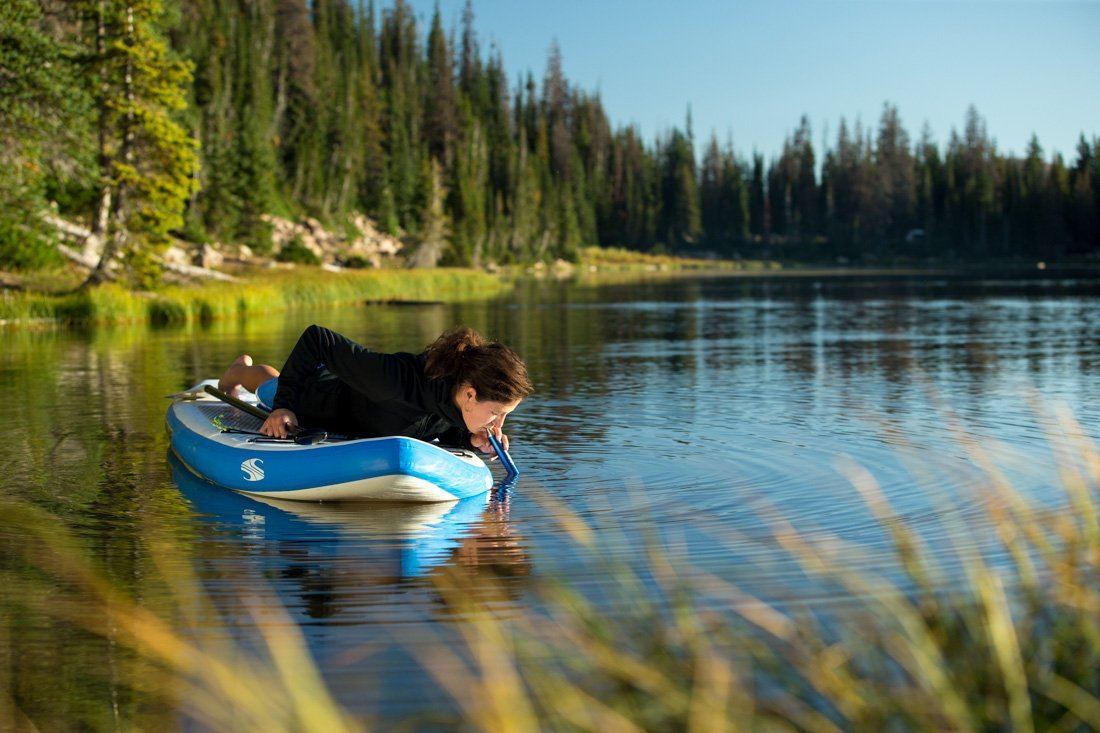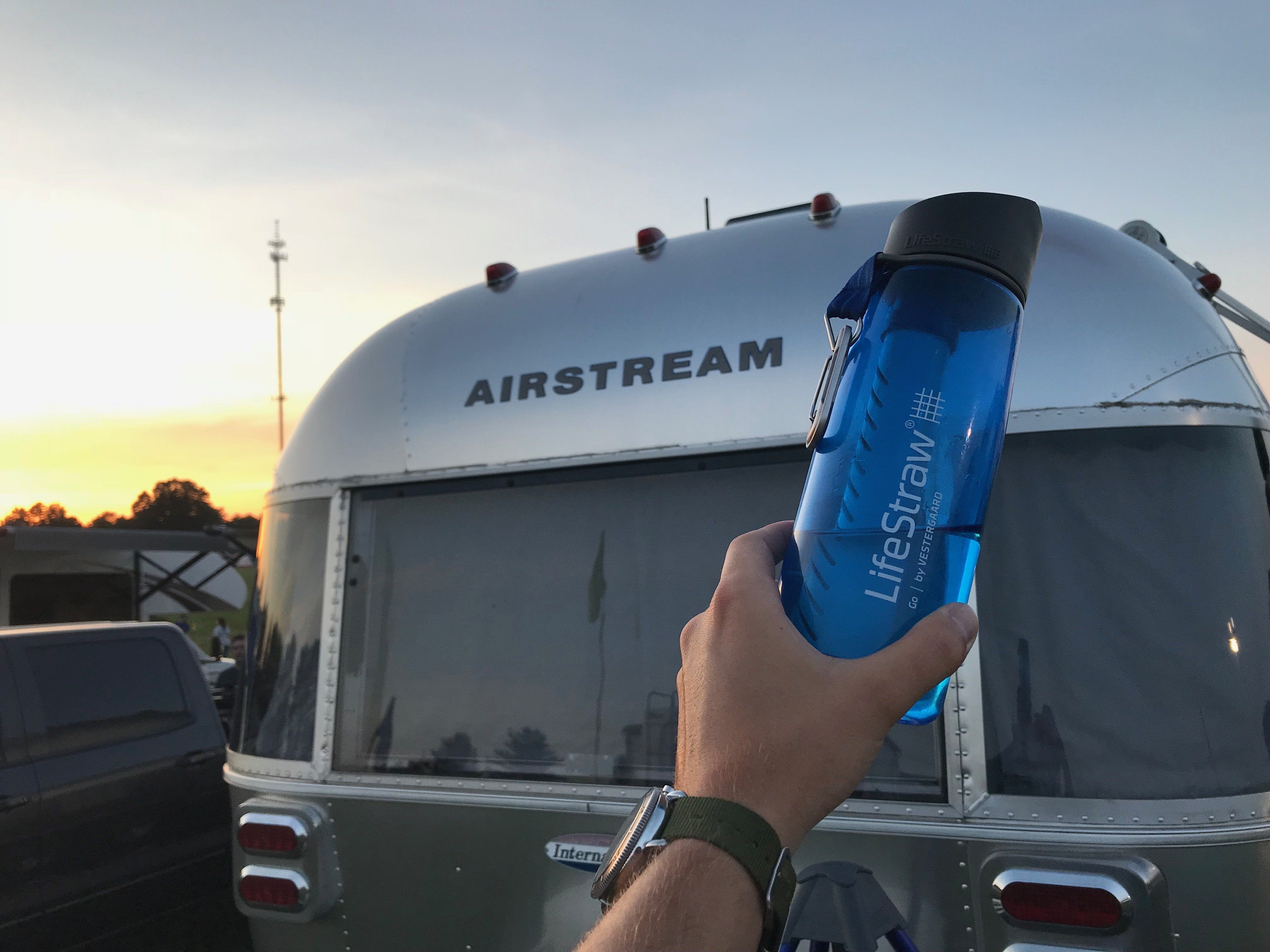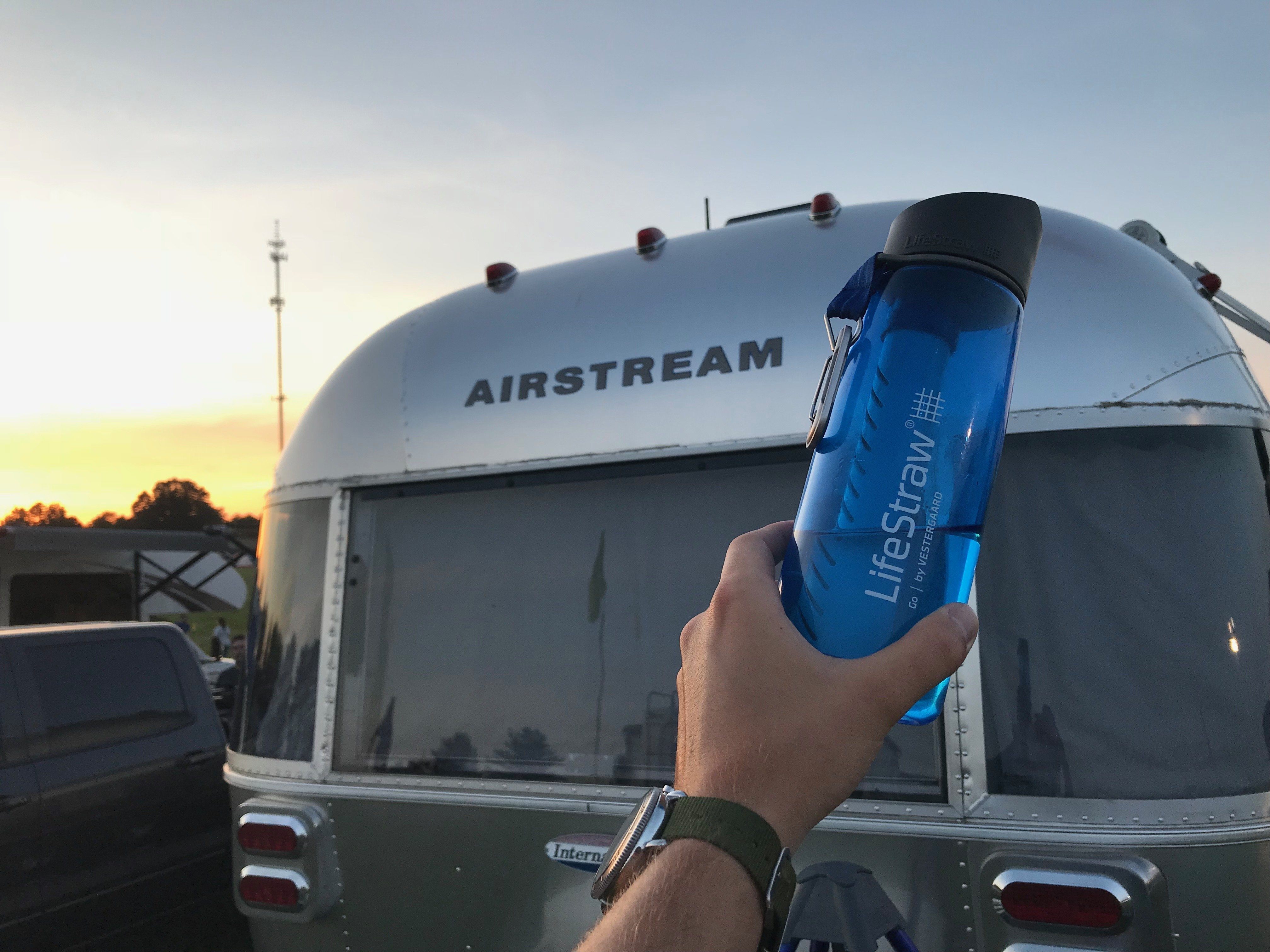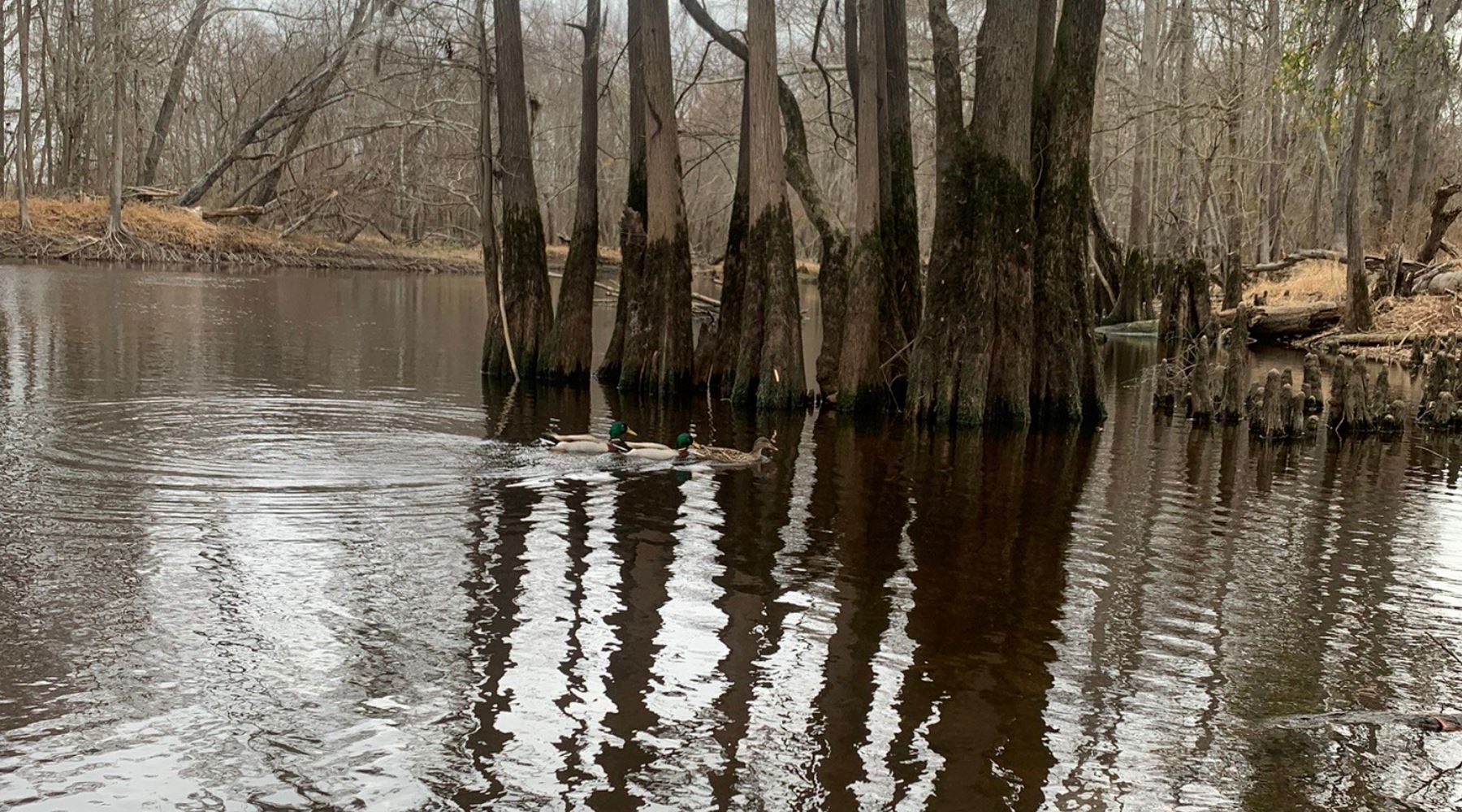
The Lumbee River: Protecting the Dark Water
April 22, 22 | Written by: Aminah Ghaffar
Written in partnership with Diversify Vanlife
I had a dream about watching the Lumbee River move rapidly. The water was rushing and I saw my father on a canoe going along with the fast-paced current, unbothered. I was concerned, because moving quickly on the surface is abnormal behavior for the Lumbee River. I stood on a cliff and watched the waters surge, and I noticed an abandoned baby girl in a crib on the cliff. I thought to myself, “I cannot get this baby out of here safely with that current.” After this thought, I turned back to look at the waters and they had become characteristically calm.
When I woke up, I knew that the dream meant that it is our duty to listen to the River. She communicates to us when something is wrong. The generation before us, represented by my father, were encouraged to go with the flow of environmental injustice. For our ancestors it was dangerous to organize, and for our parent’s generation, speaking up could cost your career. It is our responsibility to protect the River, and to fight against the harm being done to her, and we cannot let the next generation suffer from our mistakes.

Many great civilizations were birthed by a river, just as we are birthed from our mother’s womb. The Lumbee People honor the Lumbee River and the Swamps of Robeson County, North Carolina, as a safe haven or place of refuge. She is a place of nourishment, a battleground, and she was once a way for Indigenous People in the Southeast to escape oppression.
The Lumbee River, known by North Carolina as the Lumber River, is 133 miles long and runs along the Coastal Plains region.
Before she was named the Lumber River in 1809, she was called Drowning Creek, because of the dark waters and a fast undercurrent that can be unforgiving even to the strongest of swimmers. Our elders tell stories about Confederate soldiers, who drowned in the river, and they say you can see some of their spirits still wandering around. The Lumbee River’s power is in her deception: on the surface she seems calm, but beneath she can be lethal. The Lumbee People formed at the basin of the river, in an area known as the “Last Indian Frontier” on the East Coast.
In 1956 during the Termination Era, when many tribes were being disbanded by the federal government—a step in an evolution of systemic oppression towards Native Americans—the Lumbee Act was passed and the Lumbee people entered a special recognition agreement that acknowledged us as having Federal Recognition, but without access to federal benefits.
The Lumbee are an amalgamation of tribal peoples, who were pushed to the basin of the Lumbee River as a result of encroaching colonization.
The Lumbee People are also known as the People of the Dark Water, because of our special history with Drowning Creek. We are tenacious people with depth, passion, and determination and we embody many of the same river qualities that have protected us from our enemies.

Robeson County is home to over 800 polluters in the state of North Carolina, including major chicken and hog farms—Mountainaire and Smithfield.
Recently, land protectors and water protectors gathered and raised their voices at a hearing with the NC Department of Environmental Quality (DEQ) about thwarting an air permit request by NC Renewable Power (NCRP) located in Lumberton, NC.
NCRP is burning chicken waste, poultry cakes, and wood pellets to supply electricity for Duke Energy. The parent company of the plant is actually in Georgia, NCRP has numerous clean air act violations, and the chemicals released in the air from burning biomass is a major threat to public health. Cumulative impact has failed to be considered. Cutting down wood especially around the river puts the environment at risk for erosion. The NCDEQ hearing was held on February 21, 2022 and over 50 people spoke out against NCRP obtaining an air quality permit and pushed for the plant to be shut down completely because of the public health crisis and environmental crisis.
Robeson County is overburdened and the people no longer wish to have their home serve as an energy sacrifice zone for the state of North Carolina.
Indigenous wisdom tells us that everything is connected: the people, Mother Earth, the animals, and the four elements are all in relationship with each other. Our air quality is poor because of the burning of biomass that produces hazardous gasses such as carbon monoxide, sulfur dioxide, and nitrogen oxides, and fine particulate matter that increases risk of upper respiratory conditions and cancer. Corporations such as NCRP fail to recognize the interconnectedness and cumulative impact caused by their negligence and pursuit for capitalistic gain at the expense of the health of Robeson County residents, our environment, and The Lumbee River.
The information about NCRP was gathered and elevated by Donna Chavis of Friends of the Earth and Red Tail Hawk Collective, Jeff Currie, Lumbee River Keeper, Mac Legerton, Anita Cunningham, and Hannah Jeffries of the Robeson County Survival and Resilience School. Stand behind the citizens of Robeson County by contacting NCDEQ` and demanding NCRP be shut down for their numerous violations of the Clean Air Act and their cumulative impact on the environment.

